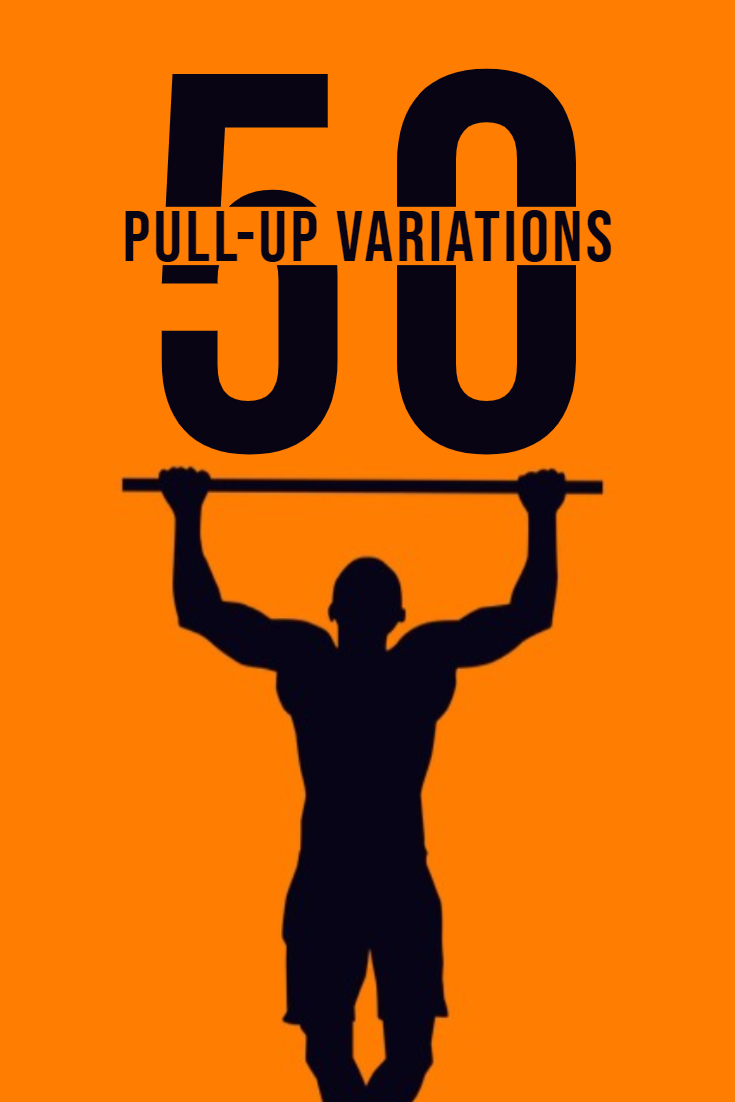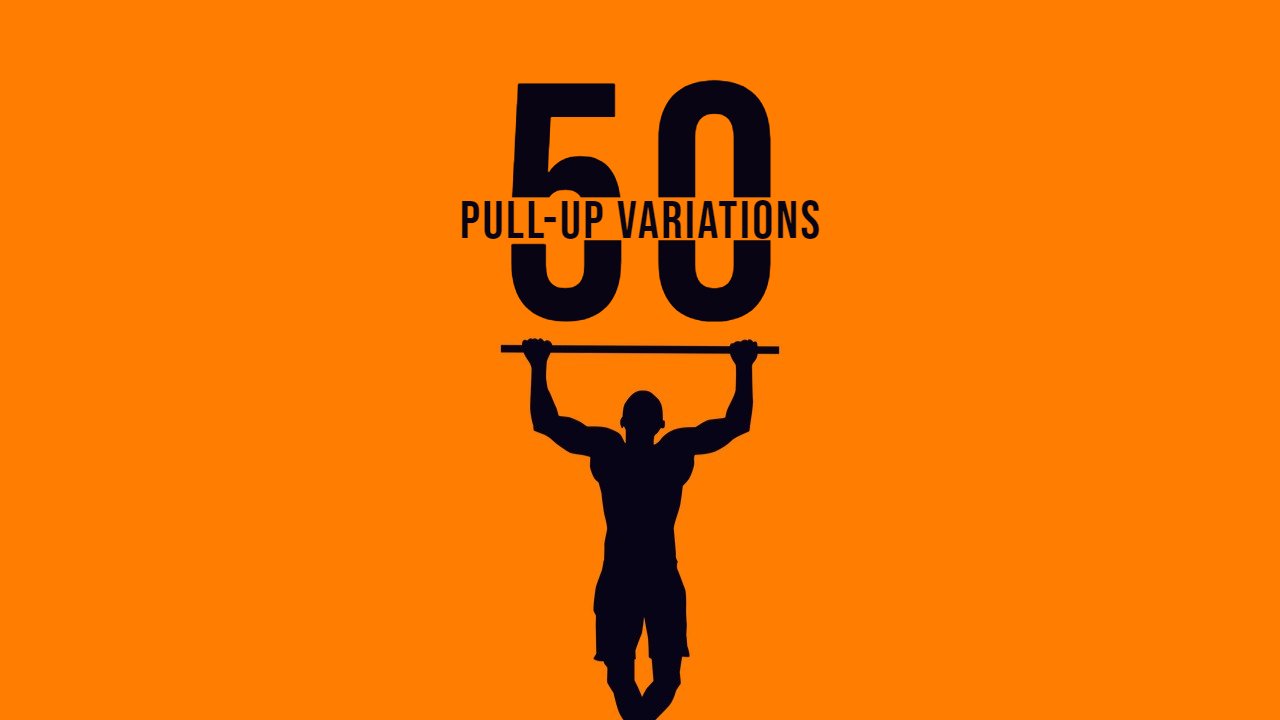The pull-up is one of the best exercises you can do. It’s functional and involves a lot of muscles. Here are 50 Pull Up Variations to build strength.
Pull Up Variations #1: Horizontal Pull Ups
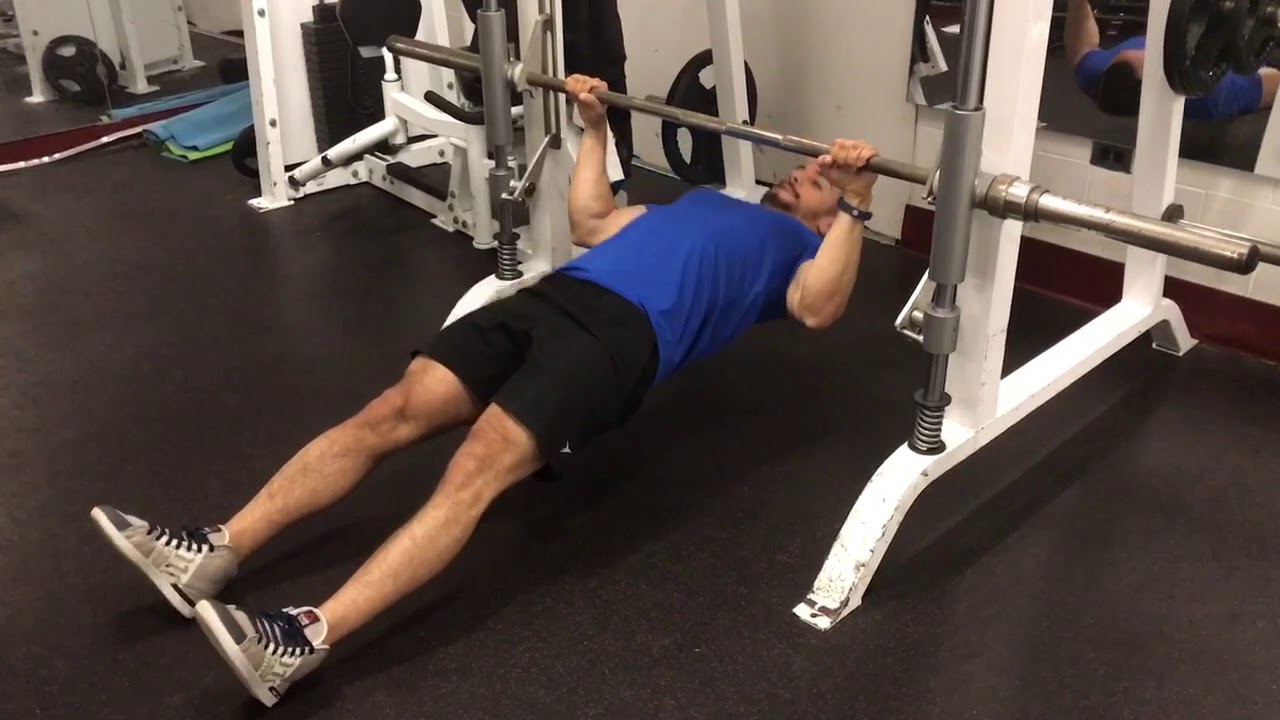
This is really simple. Lay down on the ground. Having a bar or something that you can easily grab on to. Drive your feet into the floor using your hamstrings and your glutes. Tuck shoulders down and back, elbows in and you should feel your entire back. Pull the hands right to the chest. Try not to let the elbows flare out. Pause at the top and then let yourself down. Also at the very bottom make sure that you still have muscle engagement.
Pull Up Variations #2: Kipping Pull Ups
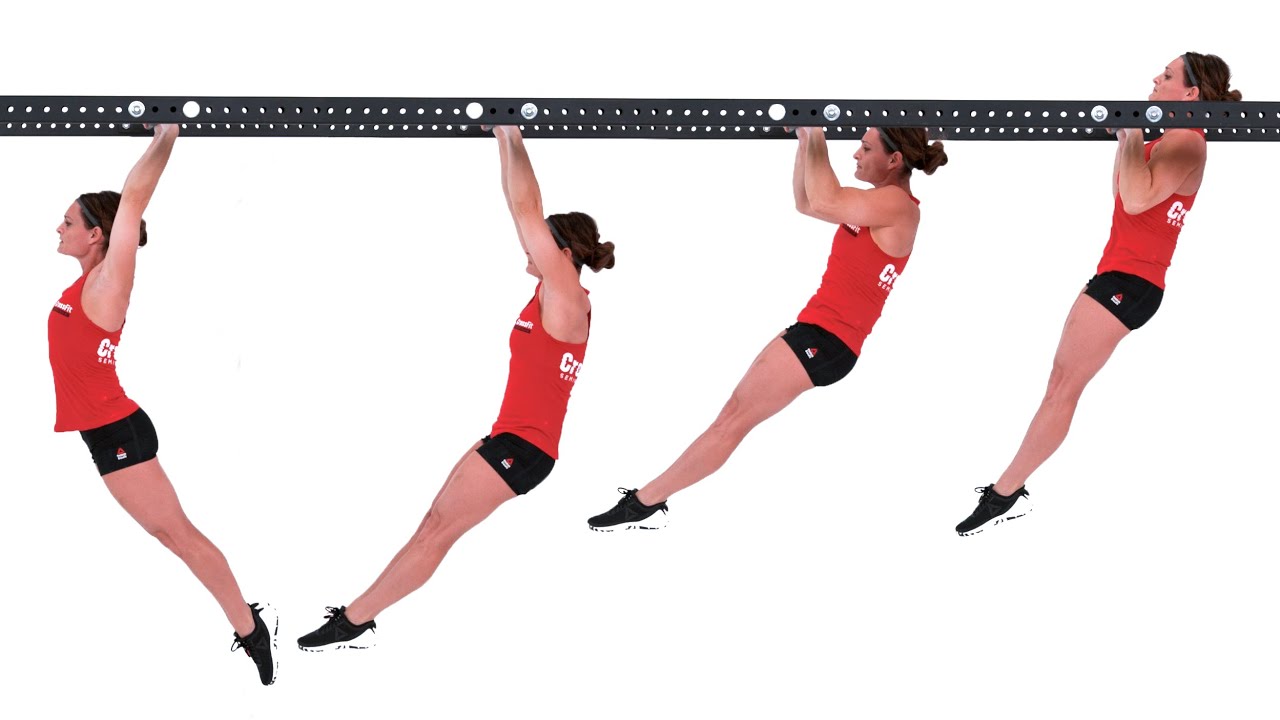
The first thing that you need to do is make sure that you have the correct grip. So I like to grip just outside my shoulders. So I jump up, I establish a hollow body position, and I grip just outside the shoulders. I always recommend gripping with your thumbs wrapped around the bar.
Next, after we have our grip and we have the hollow body position, it’s time to extend into the arch position. So this is a good gymnastic position where my legs are tight, my toes are pointed, I extend, I’m keeping my core nice and tight. And it’s putting me into that arch position on the bar.
Once we’ve done that, now I’m closing myself back into a hollow body position making sure that I utilize that momentum that I’ve generated and I start to hinge my shoulders back. Almost like I’m doing toes to bar.
This is the point where I’m essentially at the apex of getting my shoulders up and away from the bar. Right at or right before you reach that “weightlessness”, the apex, you want to pop your hips. When I pull, it’s really important to pull with your shoulders down. Or elbows down. Now its time to push away into hollow and you are done.
Pull Up Variations #3: Regular Pull Ups
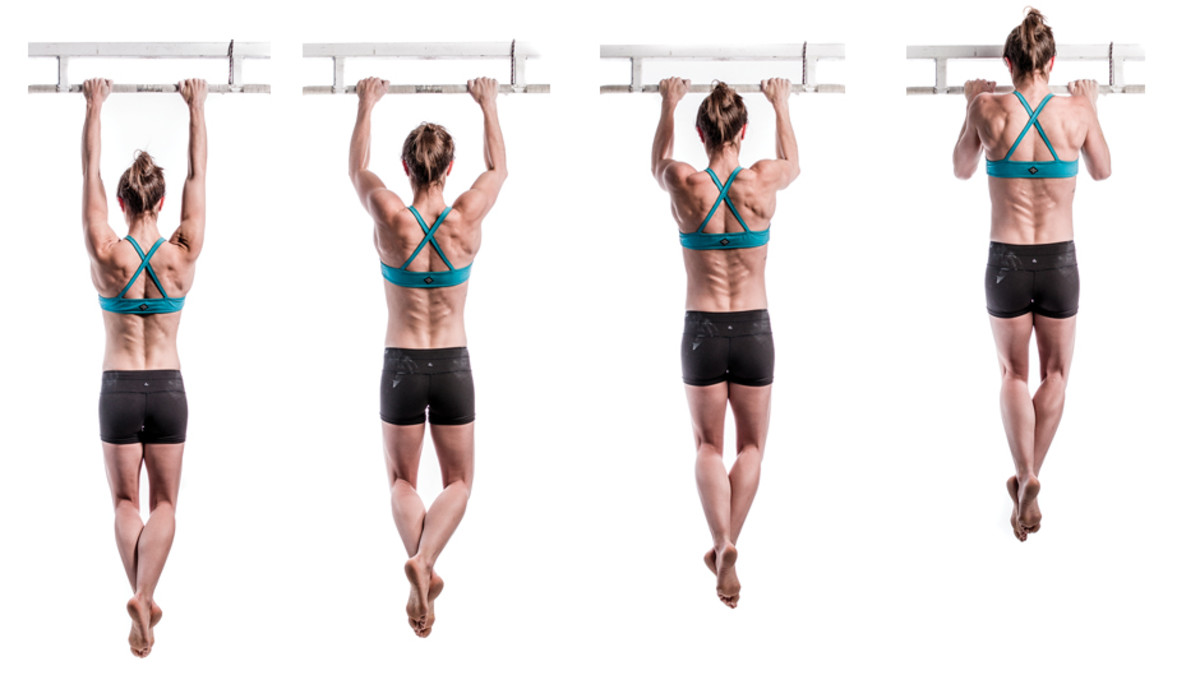
When you do pull-ups, you should always aim for a full range of motion. Do not only use the upper or lower part of the movement and go into a full extension of your arms at the bottom. A pull-up should also be performed with strength, not with momentum. Avoid any form of kicking and swinging. It’s also important to control the movement the whole time. Don’t let yourself fall into your joints.
You can choose different versions from the wide to a closed grip. Avoid too wide grip, the wider you choose the grip and more your elbows go to the side and this is not an optimal position for the shoulders and can lead to injury. When you choose a narrow grip your elbows stay close to the body. You should choose a grip that allows you to do a mix of extension and adduction. With this arm movement, you will target your lats in an optimal way.
Pull Up Variations #4: Butterfly Pull Ups
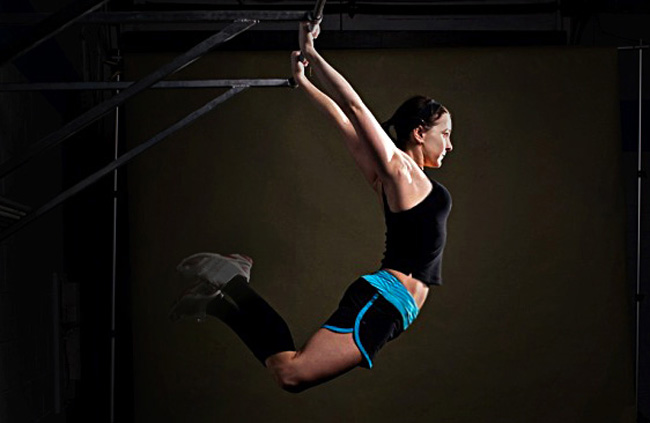
First, I like to have athletes step up on a box and actually practice what if feels like to do a butterfly pull-up in the shoulders. So we’re not using our legs at all. All we’re doing is lifting ourselves up, away from the bar and then following through.
Next, what I do is I’ll take the box away and I’ll just do leg kicks. So the butterfly leg kick is a lot like doing a reverse bicycle kick. Just practice the reverse bicycle pedal with both legs together.
Next, I’ll actually do hybrids. So I will lift myself up, as if I’m doing a strict pull-up, trying to pull myself a little bit away from the bar and then I’ll let myself fall through.
The more used to that fall through you can get, you’ll start to feel that butterfly. And then, sooner or later you’ll start to understand, how the butterfly pull-up pulls your body away from the bar instead of up and towards the bar like a normal kipping pull-up.
Pull Up Variations #5: Close Grip Body Rows
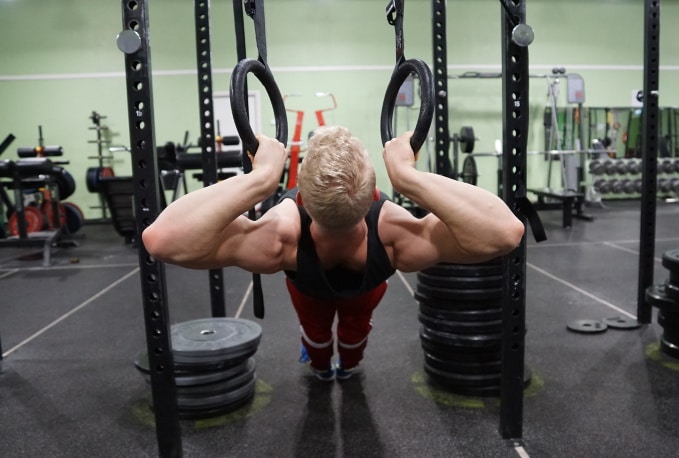
You can do this exercise on the rings or bar. It’s very easy pull up variation and it is best for beginners. You can even do it at home with a bed or chairs.
Pull Up Variations #6: Wide Grip Body Rows
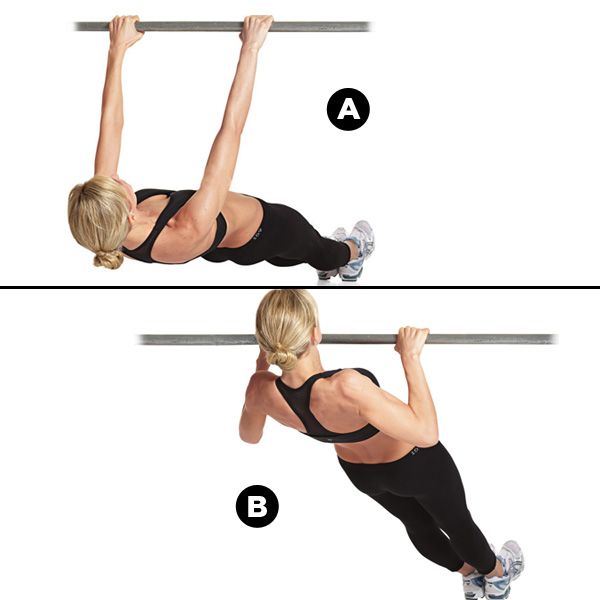
Grab the bar, wherever the wide grip you bend the knees, keeping the core tight, bring your chest up to the bar. To add a little difficulty keep your leg straight.
Pull Up Variations #7: Close Grip Pull Ups
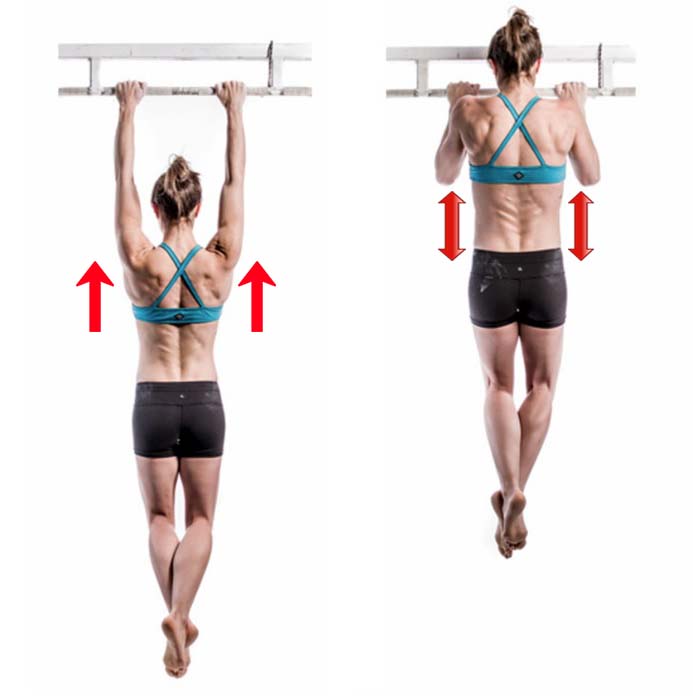
Close Grip pull-ups primarily work your back muscles as well as it’s a great way to work on grip strength. Approach the pull-up bar with a relatively narrow grip and again you can experiment and play with your grip. But typically a closed grip is going to be narrower than your shoulder width. The closer your grip or by varying your grip is going to change the dynamic of the of the actual movement itself. So cross your feet before you start the exercise and again you want to keep your body fairly quiet here and not really swing in general momentum to help you complete the repetition.
Pull Up Variations #8: Wide Grip Pull Ups
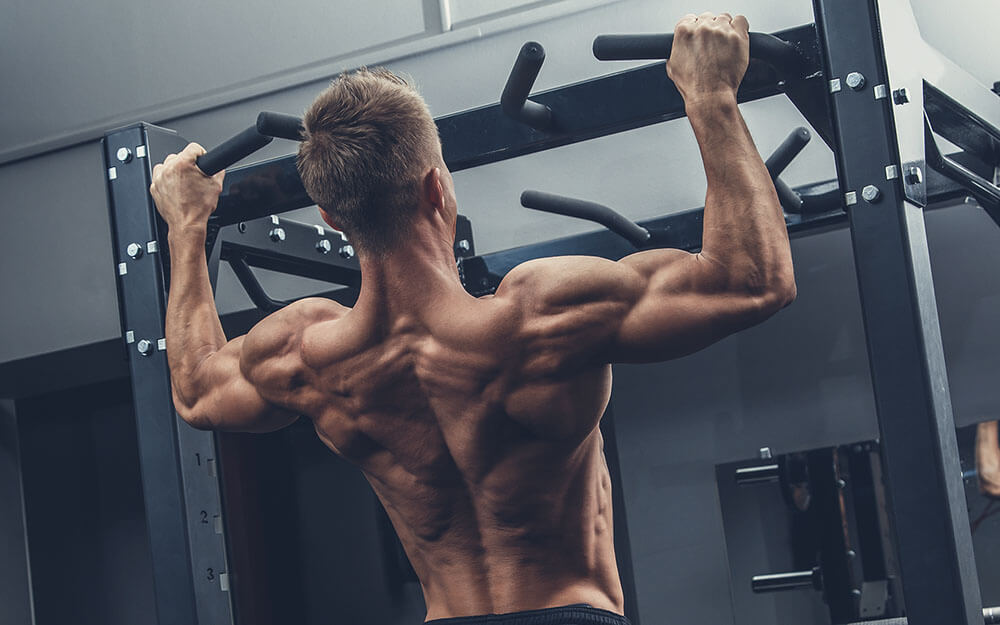
Facing the bar jump up and grab the bar with your overhand grip. Now, lift your torso until your chin reaches over the bar and inhale on the way down.
Pull Up Variations #9: Commando Pull Ups
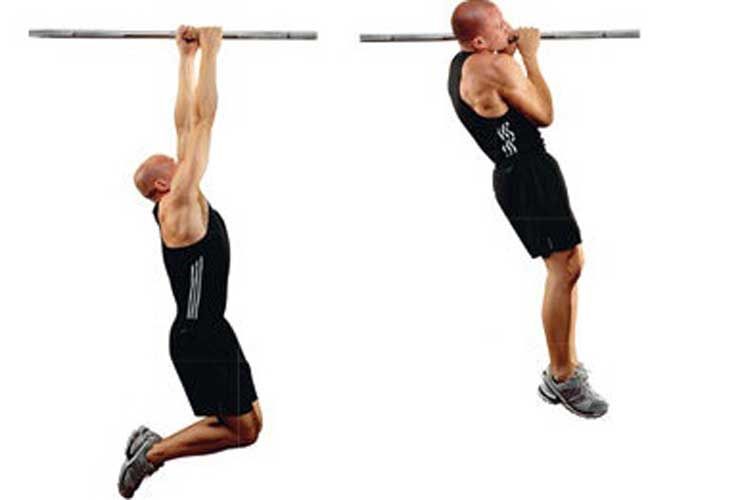
What you’re going to do is to use a single bar and you’re going to kind of overlap all your hands across the bar and so when you do your pull-up you’re going to alternate pulling your head to the side. So your body is going to want to try to rotate. That’s one of the big things that you have to do is stay significantly, more active through your core, glutes to keep yourself from preventing rotation.
Pull Up Variations #10: Mixed Grip Pull Ups
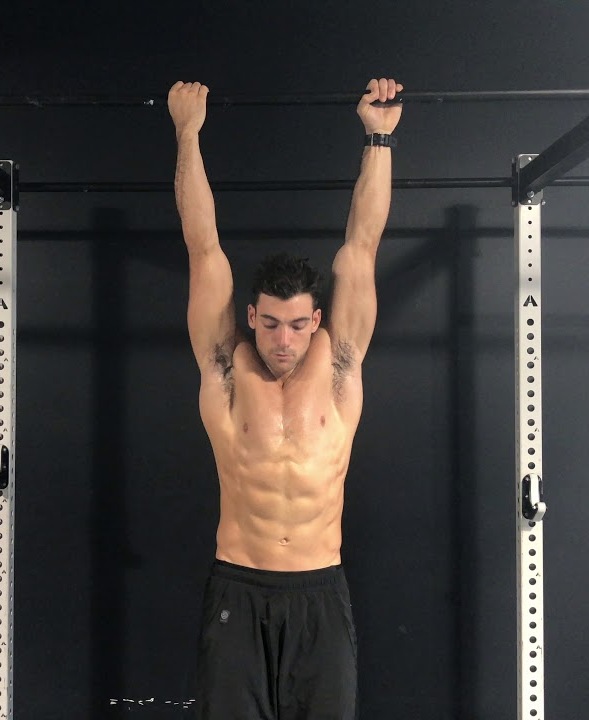
Mixed pull-up means that one of your hands when doing the exercise was facing away from you and the other is facing toward you.
What this does is in the hands that is facing away from you more of your lads are recruited into the movement while where the hand is facing toward you who are recruiting more of your biceps into it.
Pull Up Variations #11: Ring Pull Ups
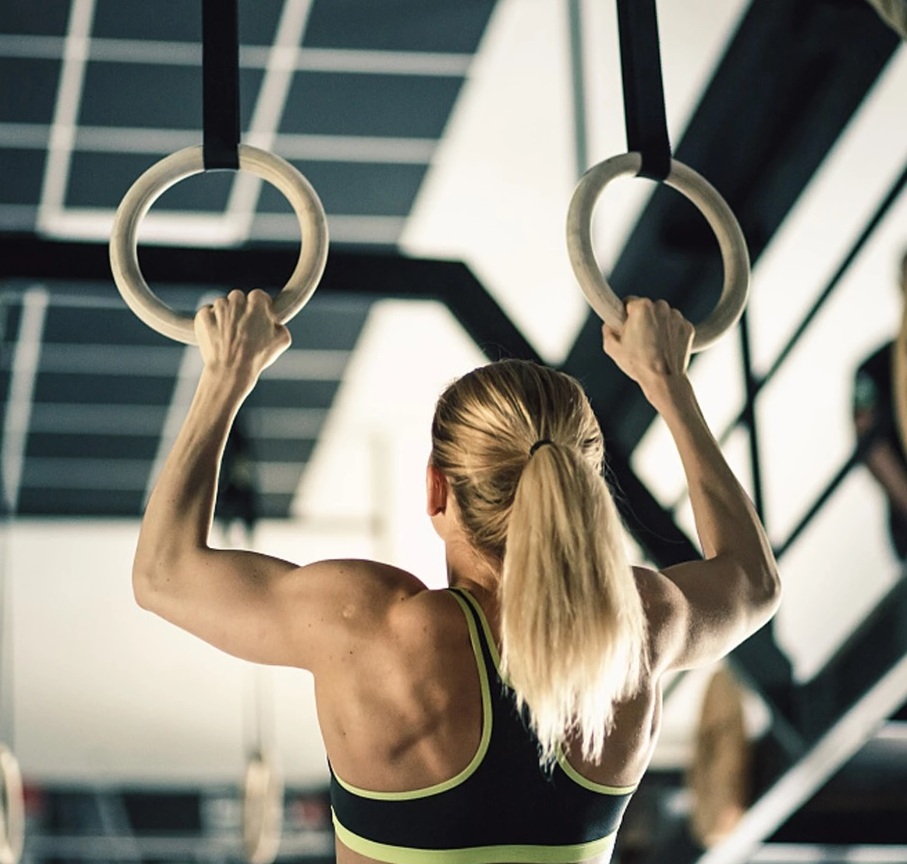
Start with a nice natural neutral grip. Keep your body in a hollow position where we have the body tight on the lower half of the body. You’re going to pull your chin over the rings. Your hands are going to naturally supinate and that’s perfectly fine.
Pull Up Variations #12: Tornado Pull Up
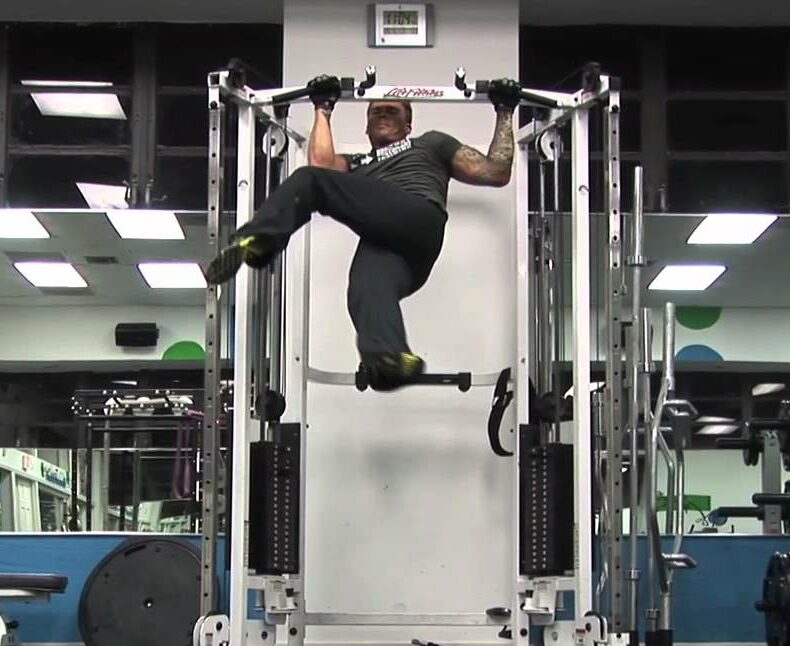
It’s a great way to integrate trunk and leg movement into a traditional exercise. In the tornado pull up we are using our traditional vertical pulling pattern but adding in spinal rotation, lateral flexion, hip flexion, and leg adduction. This exercise is an amazing total body movement.
Pull Up Variations #13: Archer Body Rows
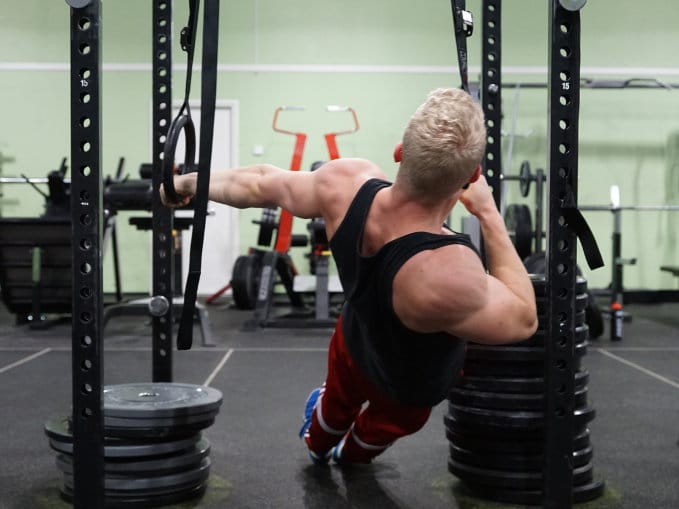
So basically your body must start in a straight line. Pull the Rings to our chest and then as you pull you’re going to turn hand down, some knuckles finish up and then pull the opposite side. As you get better you can move your feet in closer so your shoulders would finish right underneath where the Rings are hooked up.
Pull Up Variations #14: One Arm Body Rows
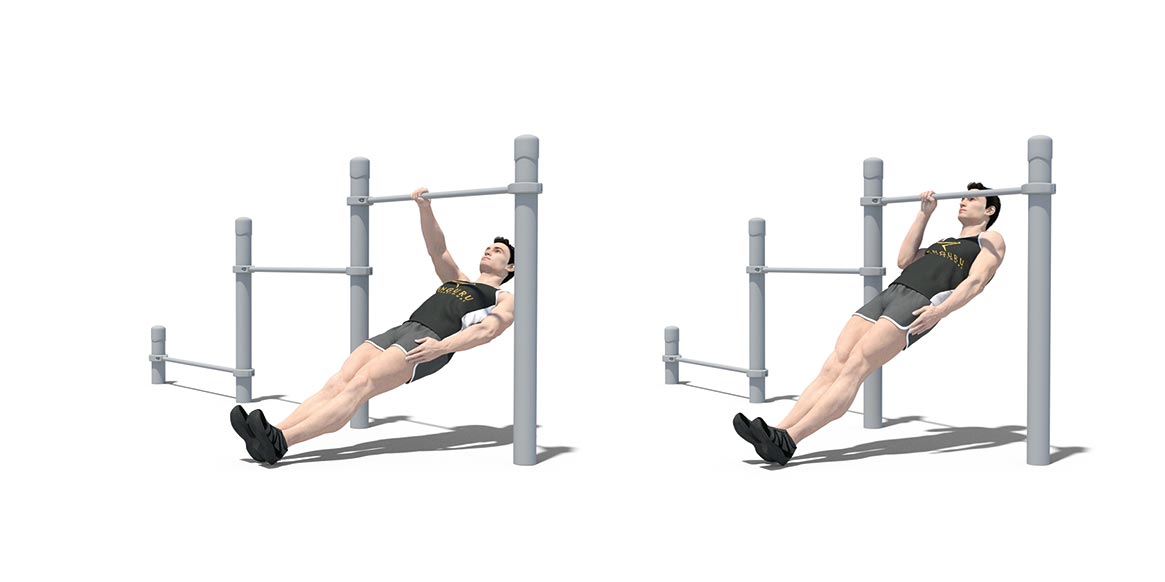
This exercise is one of my favorites. It is great for the back. It requires a lot of core stability.
Pull Up Variations #15: Bodyweight Face Pulls
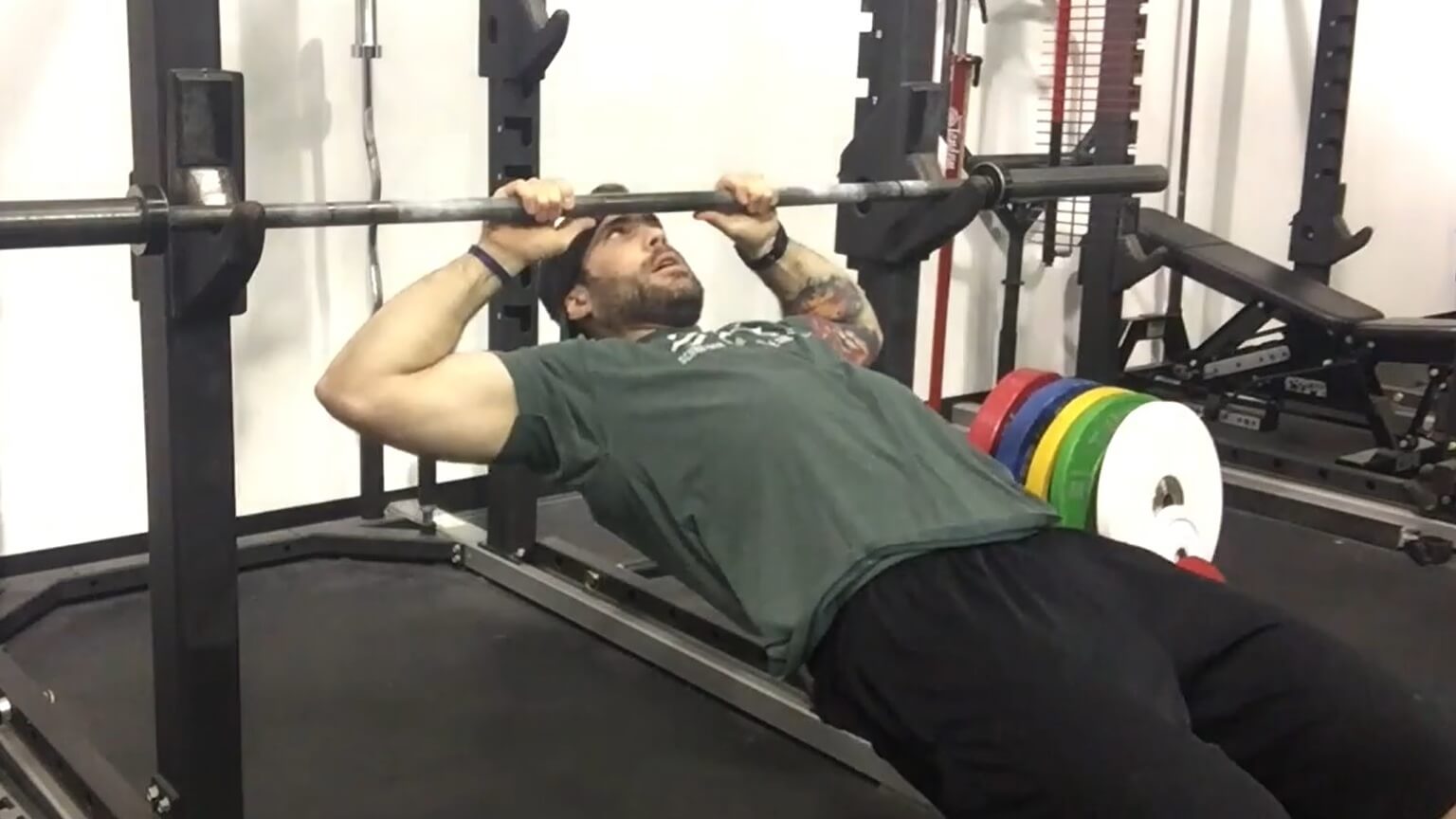
I’m going to take a much narrower or a grip inside the rough part of the bar. Keep the feet flat on the floor with the knees bent drop the eyes completely vertical. Right underneath the bar and then to pull yourself to the top, you’re going to pull your elbows out wide right towards the bridge of the nose.
Pull Up Variations #16: Head Banger Pull Ups
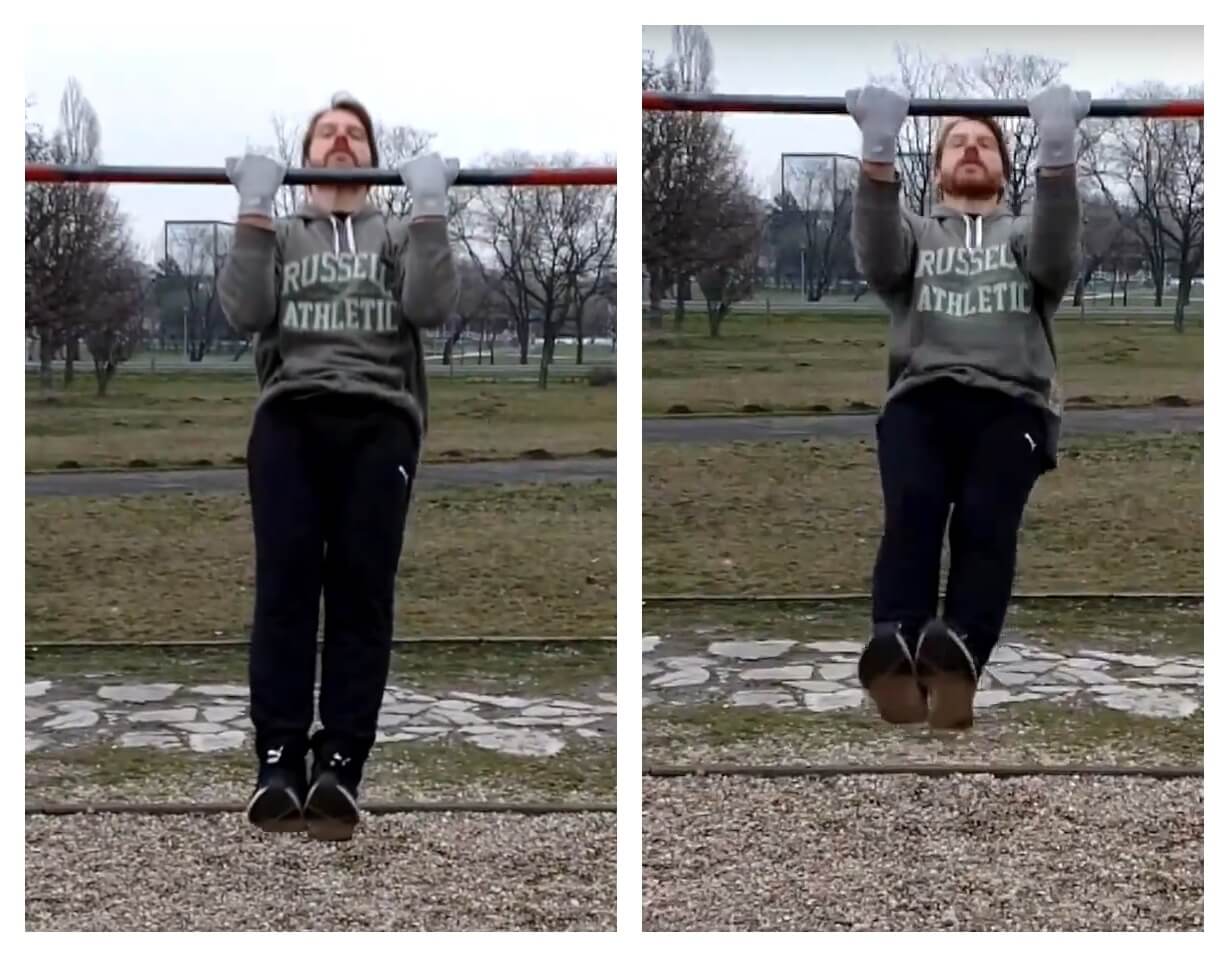
The headbangers is a push and pull motion. It really works your deltoids, biceps, forearms, and lats. Keep your head up off the bar and go back and forth. If you’re also able to bring your legs up to activate your core and it makes it really good at low abdominal exercise.
Pull Up Variations #17: Bodyweight Curls
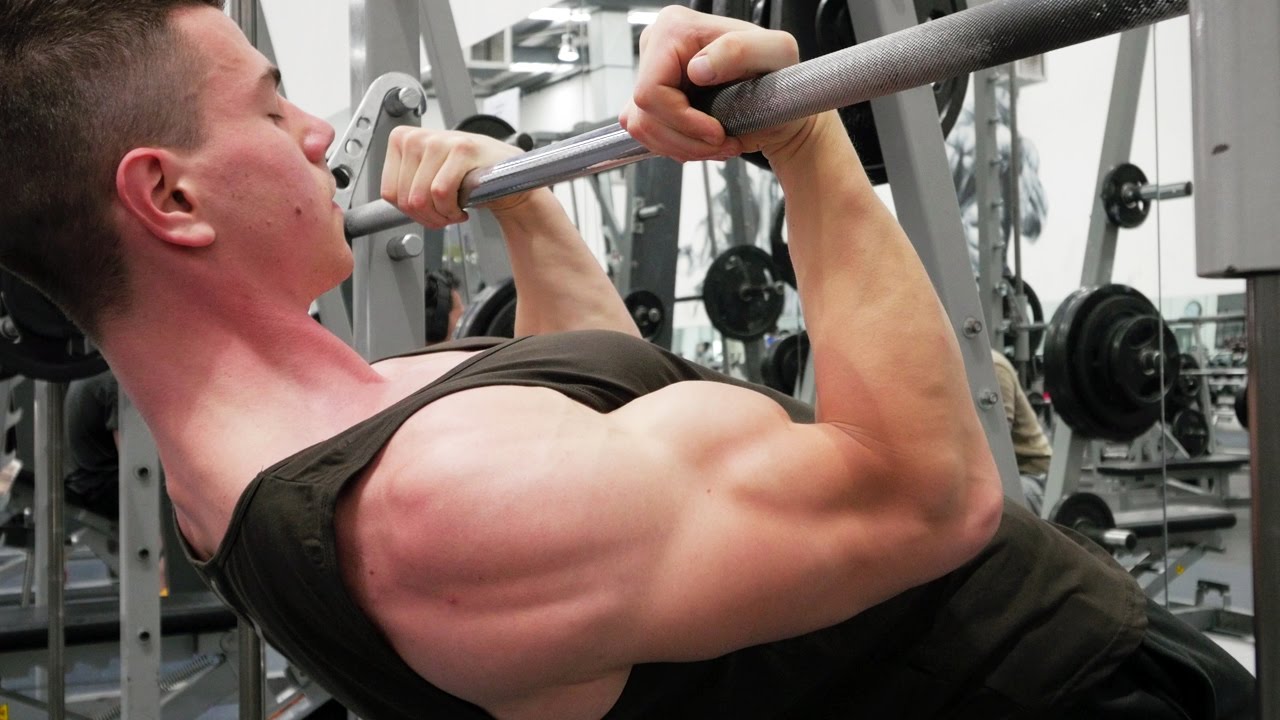
This is a fantastic exercise because you can easily manipulate the intensity. No matter you are a beginner or pro, this exercise will give you a good stimulation to your biceps.
Pull Up Variations #18: Archer Pull Ups
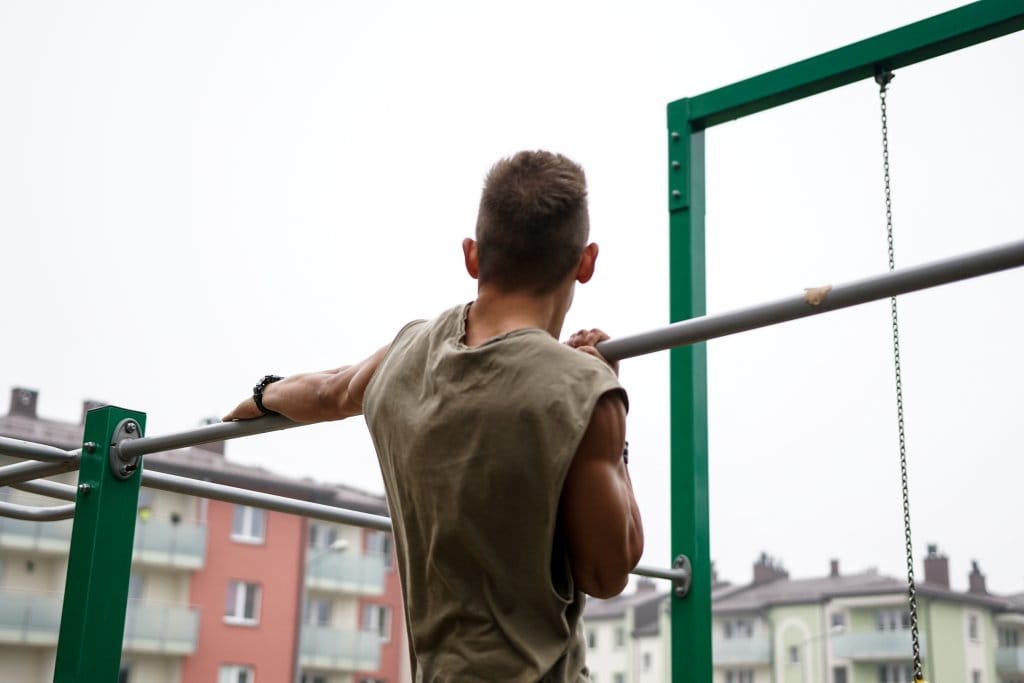
The archer pull-up may be performed on the straight bar, rings or most other suspension systems. This exercise is perfect for pulling a high percentage of your body weight in a single-arm pull-up pattern. The extension and internal rotation of the non-pulling arm help assist in the movement.
Pull Up Variations #19: Around The World Pull Ups
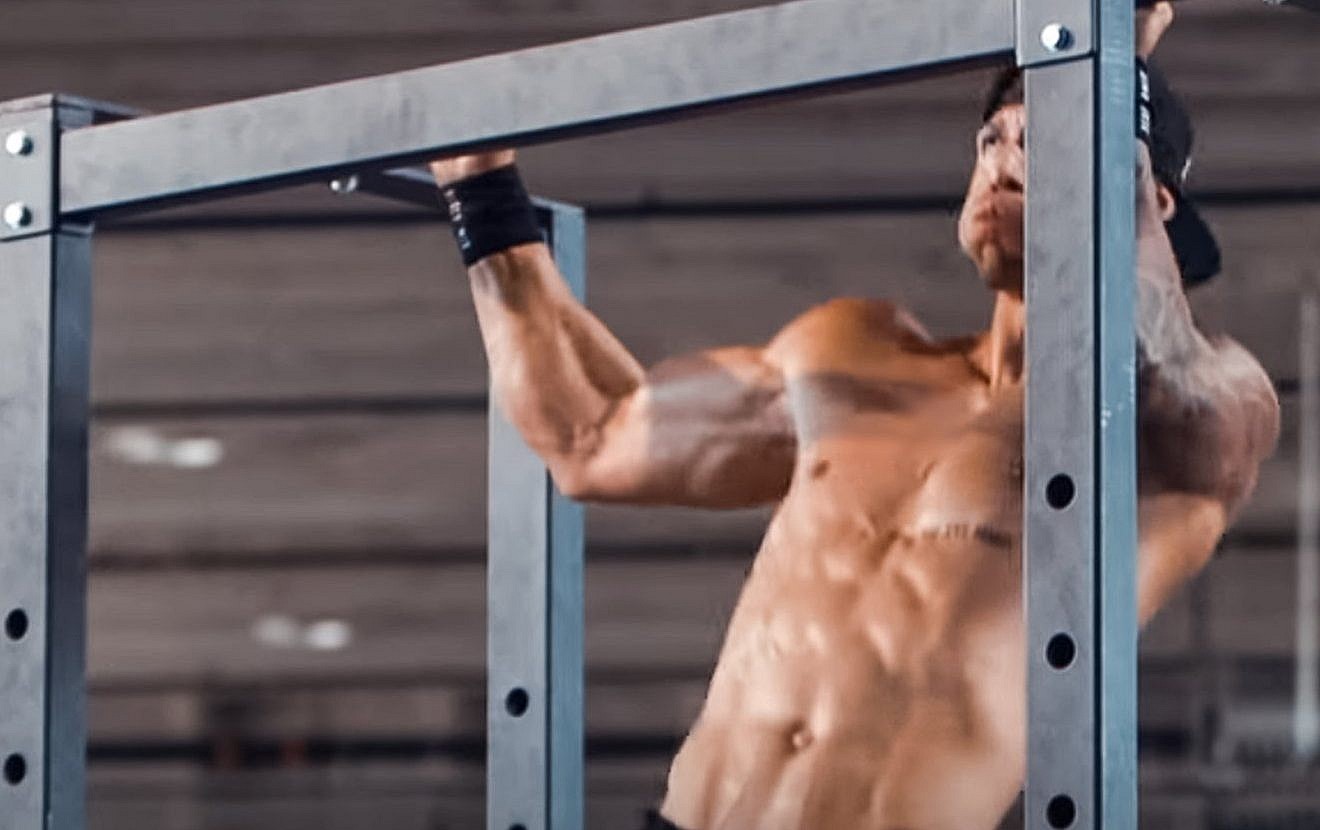
Around the world pull-ups is a mixture between an archer pull-up and a typewriter pull.
Pull Up Variations #20: Typewriter Pull Ups
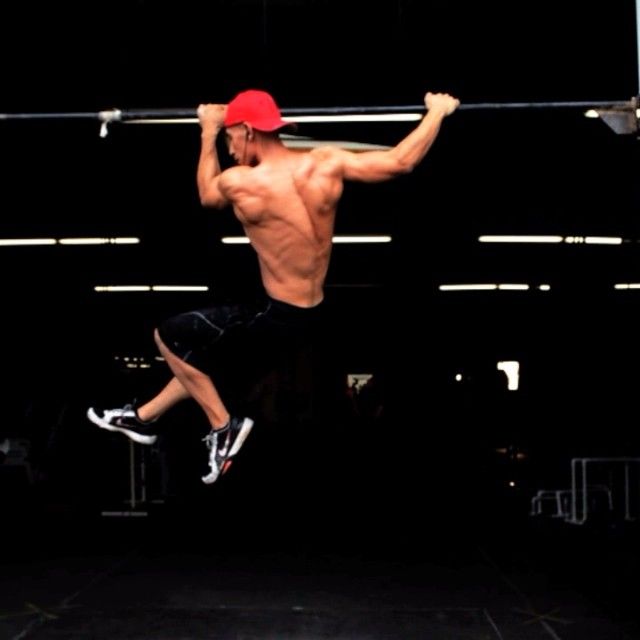
The typewriter pull-up is a great exercise for intermediate level athletes. This exercise will increase your unilateral and isometric strength, you’ll able to do many other hard exercises easily.
Pull up towards one arm and from there go to the other side. Keep your chin clearly above the bar. Use a wide grip to allow you to fully extend the elbow of the assisting arm.
Pull Up Variations #21: L-sit Pull Ups
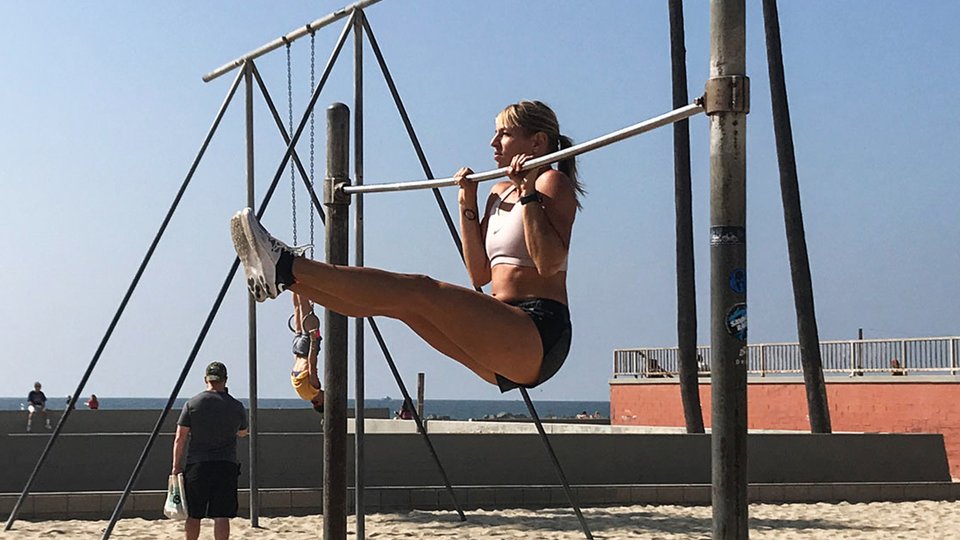
Grab the bar with a narrow grip with an L-Sit position. And pull yourself up until the chin is higher than the bar. Your legs should be parallel to ground and core should be tightened. This will also hit your lower abs.
Pull Up Variations #22: V-Sit Pull Ups
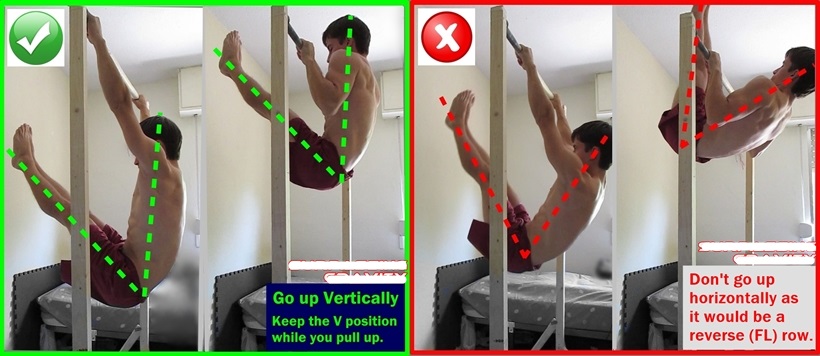
This is similar to L-sit pull-ups. Grab the bar with the shoulder width. Start hanging with arms extended. Raise your legs vertically until you make a V-position. Pull yourself up with this V-position and then slowly come down.
Pull Up Variations #23: Muscle Ups

A muscle-up is not only about strength, it’s really important to use the right technique too. For the muscle-up, it’s very important to pull your body along a curve. This curve brings the body away from the bars first and after that back and close to it while you lean yourself forward.
Pull Up Variations #24: Uneven Pull Ups
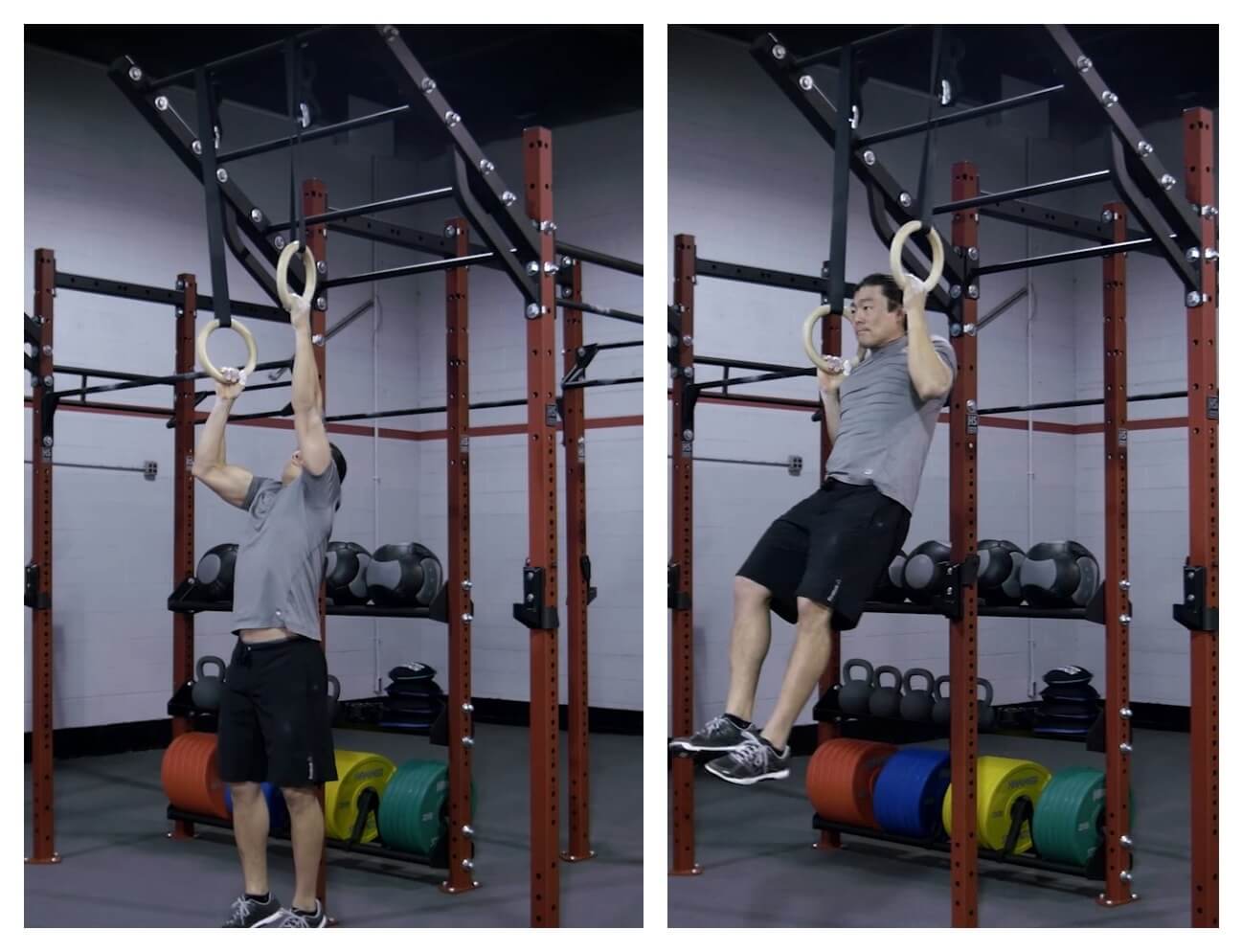
Most people think that uneven pull-up is the wrong way of doing a regular pull-up. But I wanted to tell you that uneven pull-up is a grip or a variation of the pull-up. In this exercise, your one arm is fully extended and other is half-extended.
Pull Up Variations #25: Frenchies
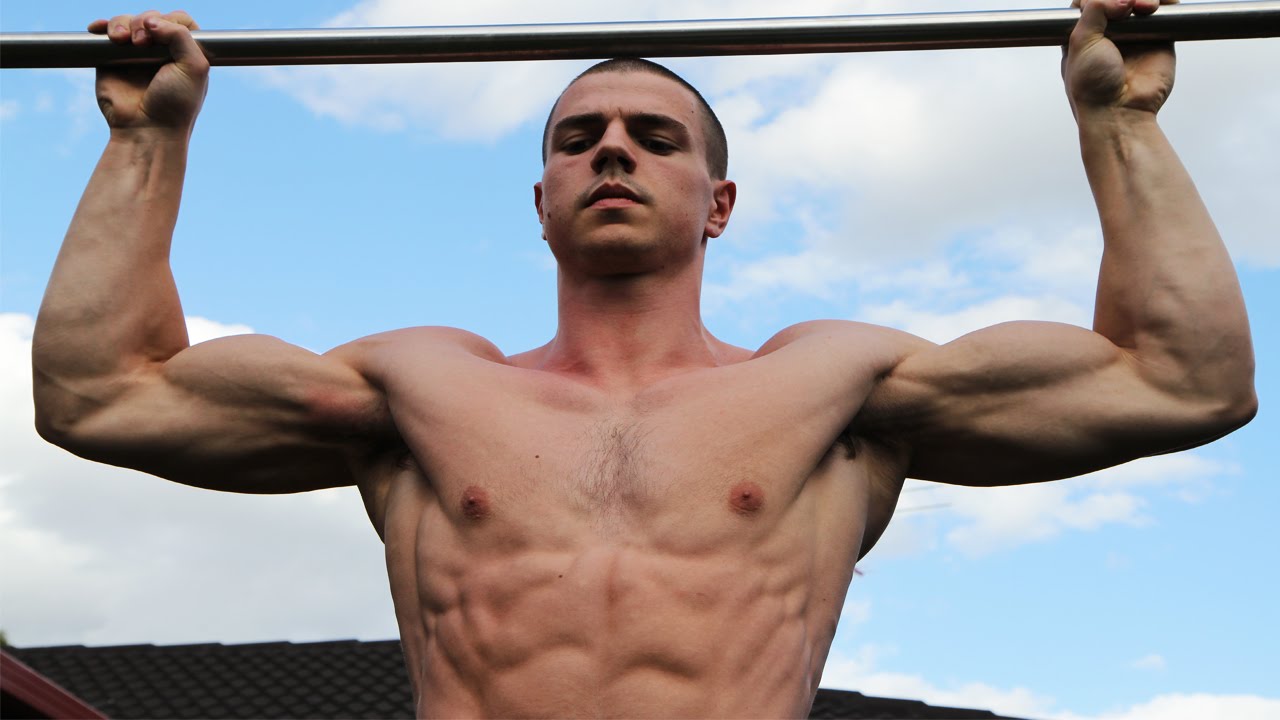
Grab the bar and pull yourself up and while coming down you have to stop at positions for at least 5 seconds.
Here are 6 positions to stop while coming down: 30°, 60°, 90°, 120°, 150°, 180°. If you are stopping at all 6 positions for 5 seconds then you are doing great. But if you are a beginner, then start with holding 2 positions. And as you progress, increase the holding positions and time.
Pull Up Variations #26: High Pull Ups
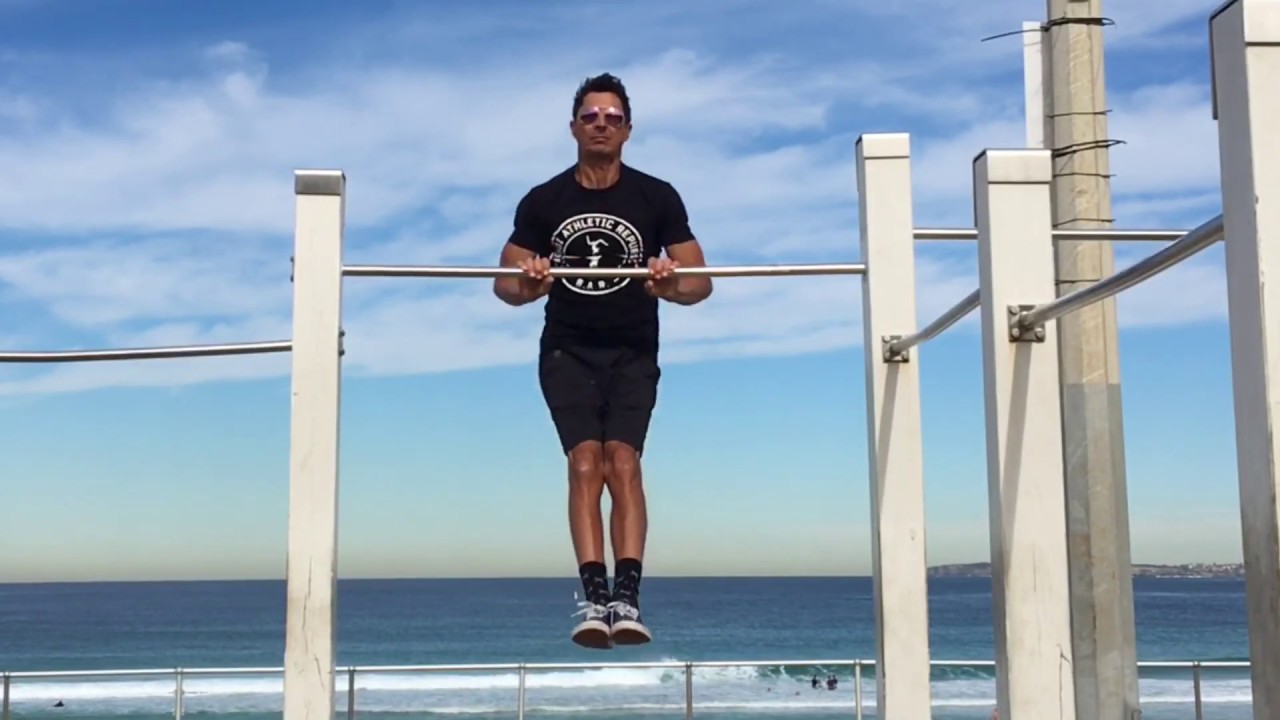
It forces you to give a hundred percent of your effort, strength, and energy in every single rep. And by increasing the intensity, we’re fatiguing our muscles faster, but that’s also going to increase our muscle growth and that’s gonna get us very comfortable and used to increasing the quality of your reps and getting so good at pulling. After mastering this exercise, muscle ups are gonna be a breeze.
Pull Up Variations #27: Weighted Pull Ups
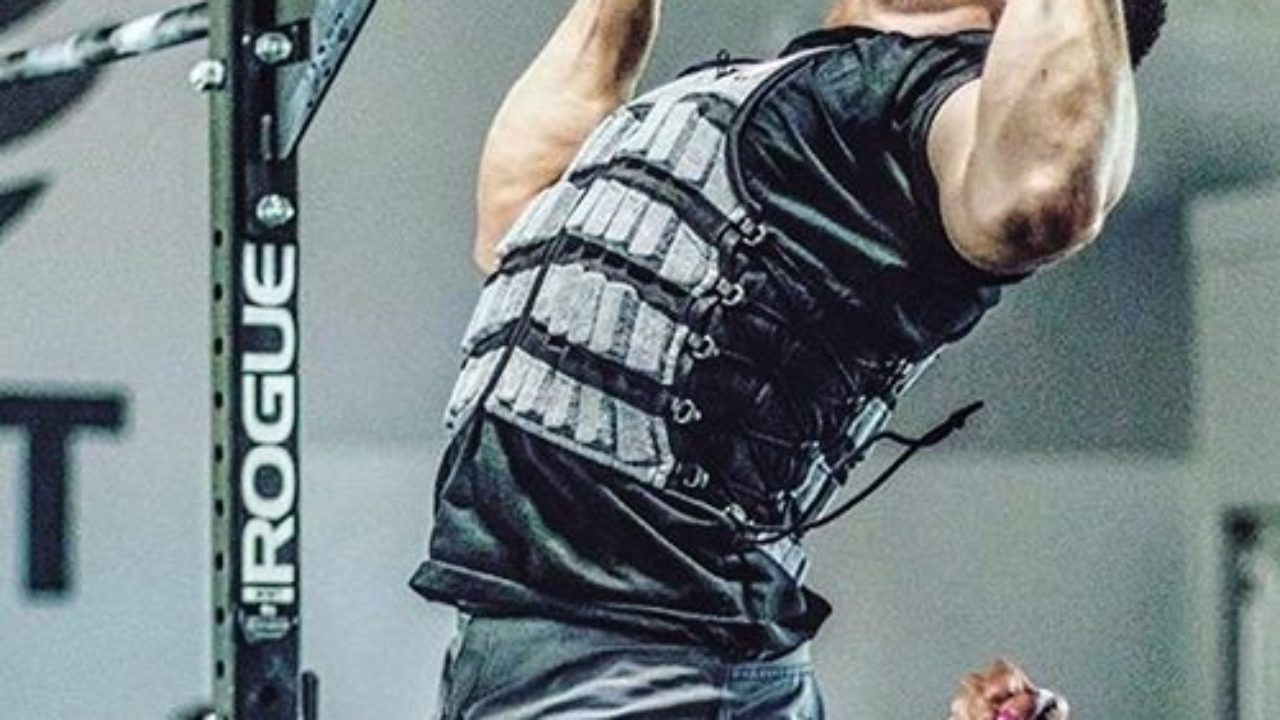
There is no difference between weighted and regular pull-ups. You just have to wear a weight west or put a dumble on your legs. I will recommend to buy a vest because putting a dumble have high risks of injury. And if you are a pro, then choose what you like. For beginners buy a vest.
Pull Up Variations #28: One Arm Chin-up
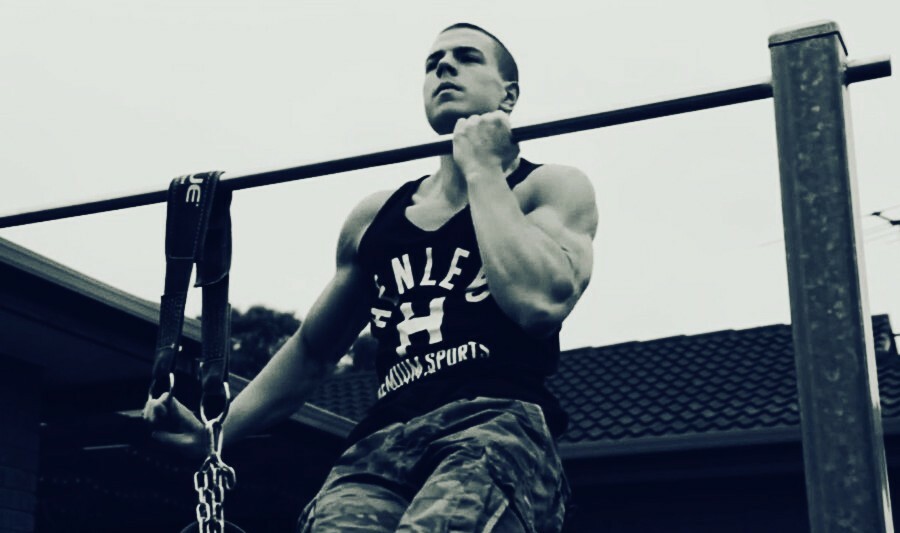
The most important step in achieving the one-arm pull-up is to lower the body fat percentage. This is precisely why all the best calisthenics athletes and gymnasts are lean. Now I’m not telling you to get shredded but you should have visible six-pack abs. In other words, get lean as you possibly can.
The second step is to get very strong that way to pull up variations. 75% of your body weight for one rep max appears to be optimal for some you might need a little bit more others not as much. That kind of depends on how much you weigh, training experience, height, all these types of factors. The point is you must develop a base. After having a good base then start trying one arm chin-up, and in few days you will able to do it.
Pull Up Variations #29: One Arm Pull Up
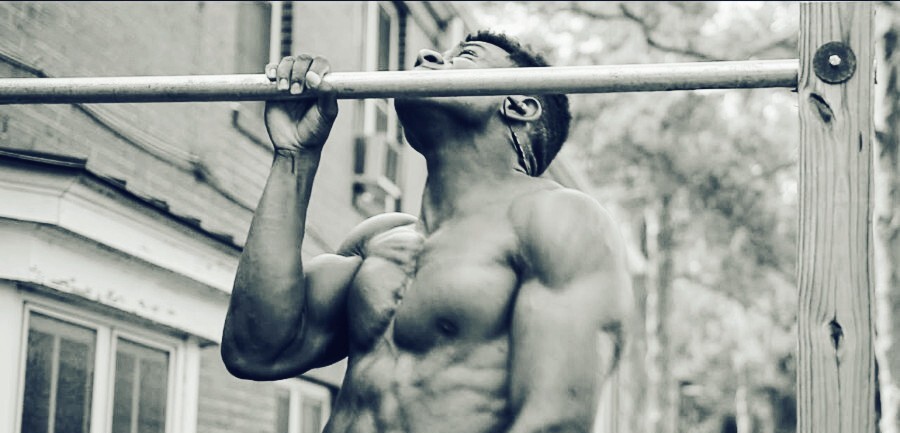
One-arm pull-ups probably to top of the food chain pull exercise. To be able to do it you need a high amount of strength also the right technique. Weighted pull-ups can also help you to get the basic strength but they are not a progression directly and won’t teach you the correct technique.
In every other pull movement, you first activate the muscles in your back. You do this by pulling your shoulder blade down as much as you can. it’s possible to do a dynamic or to hold it. Later when you progress you use exactly this movement at the beginning of your one arm pullup. After you pull your shoulder blade down you bend your arm and pull yourself up. The key is to bring your arm as close as possible to your body.
Pull Up Variations #30: Ice-cream Makers
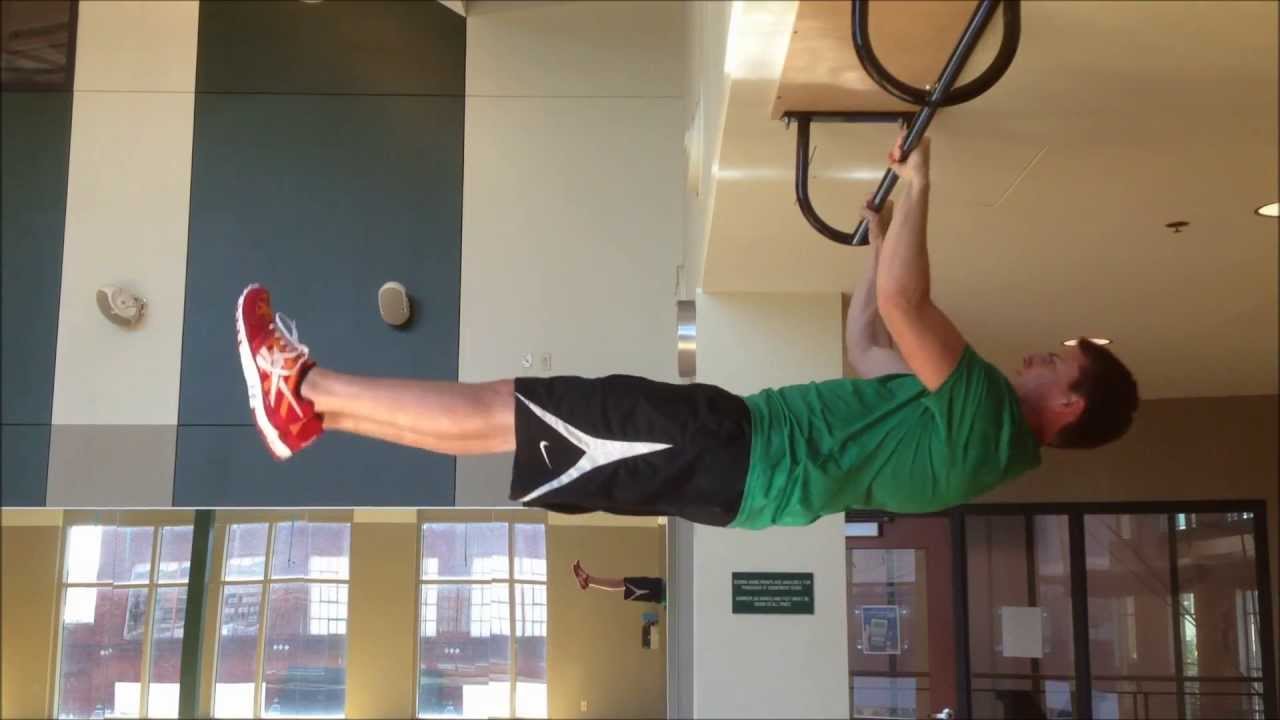
This exercise is great for developing strength in your upper back especially your lats as well. You should be comfortable with wide grip pull-ups and hanging leg raises before you try to do the ice cream maker.
To start, grab the pull-up bar with a pronated grip. Then pull your body up to the top position of a standard pull-up, keeping your body rigid, descend, and straighten your arms while elevating your hips. The bottom of this exercise should look like a full front lever with your hips and shoulders parallel with the ground and your arms fully locked out. Then quickly rotate back to the top position.
Pull Up Variations #31: Front Lever Pull Ups
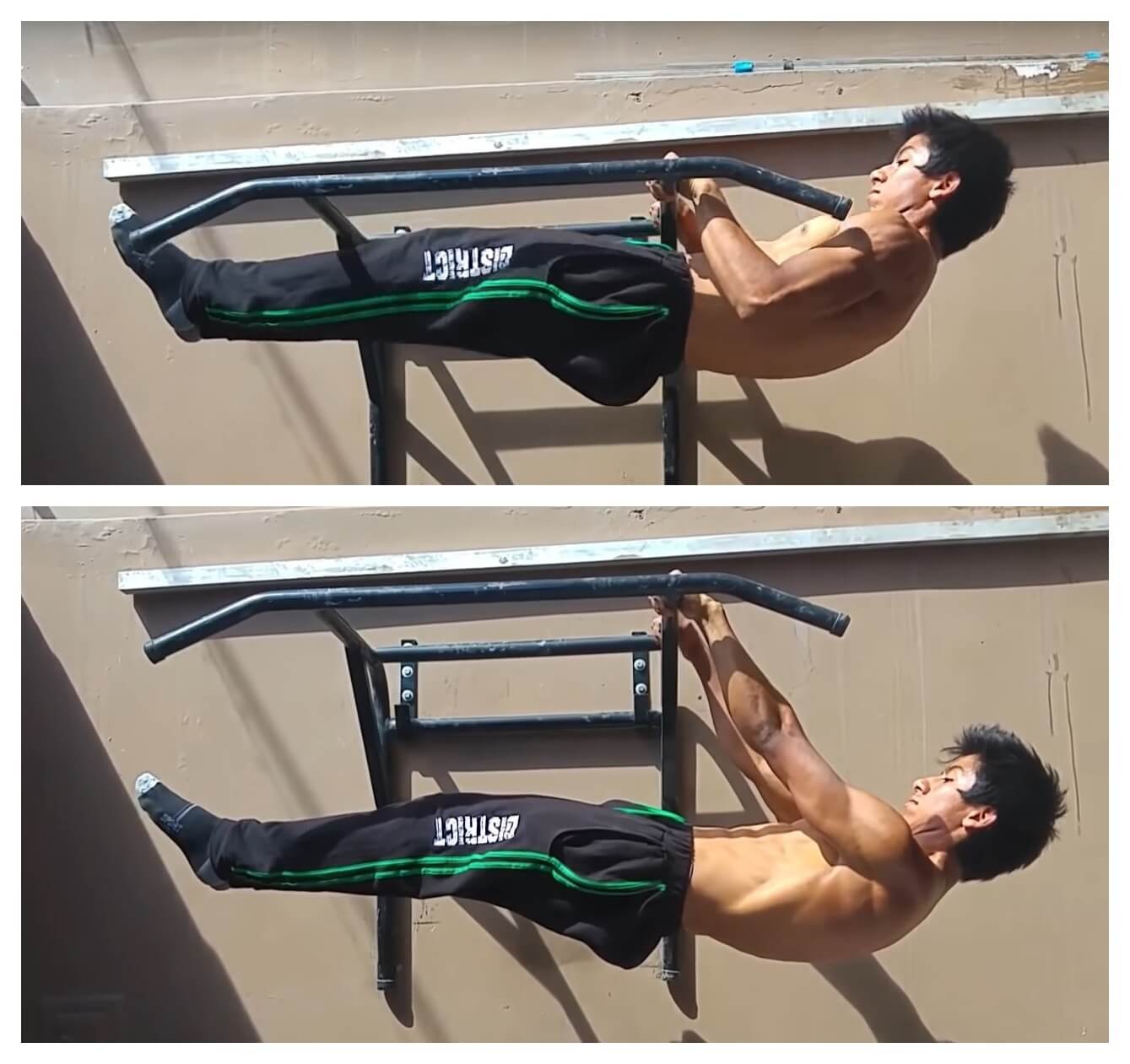
So, concerning Front Lever Pull-Ups I’m going to assume you can already hold a Front Lever for more than 5 seconds and once you are comfortable enough with it, you can start learning. So for the Front Lever Pull-Ups, you have so many different ways to work on them. In order to work on your Front Lever Pull-Ups you can start with the Isometry which means staying at the top, but I advise you to have a strong Front Lever beforehand Twist your wrist as much as you can to maximize your false grip and stay at the top, once you start to fatigue, go down slowly. If the Negative is so hard for you you can try the semi-amplitude. You can either do it in the Full form because it’ll be the most interesting when you huddle up in the Front Lever.
For the Front Lever Pull Up the most important muscle is the back of the shoulder if you know a bit about Bodybuilding your body is perpendicular to the “Dumbbell Row” which basically means your back has to remain straight while pulling the weight with your arm same thing in the Front Lever.
Pull Up Variations #32: Back Lever Pull Ups
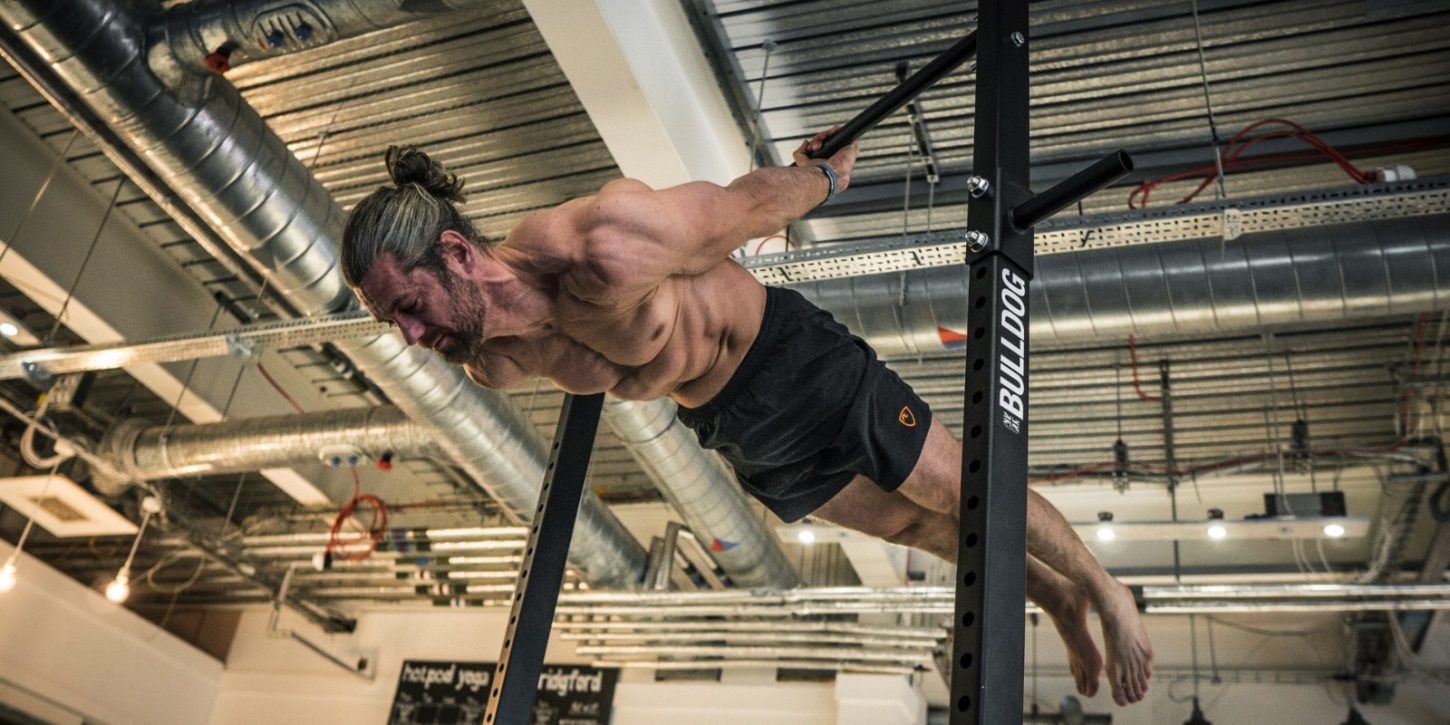
The back lever pullups is one of the first fundamental static moves to learn in order for you to gain the core strength that will allow you to move on to more advanced calisthenics moves.
When you’re in a back lever, your hands are behind you and you’re in a hanging position. In this position, it’s the same muscle connections that you use when you’re in a planche.
When you’re doing a back lever pullup, you’re activating your scapulas, back, lats, abs, chest, biceps, triceps, forearms, glutes, even calves. You need to be conscience of activating all these muscles simultaneously and working together to do this move.
Pull Up Variations #33: Behind The Neck Pull Ups
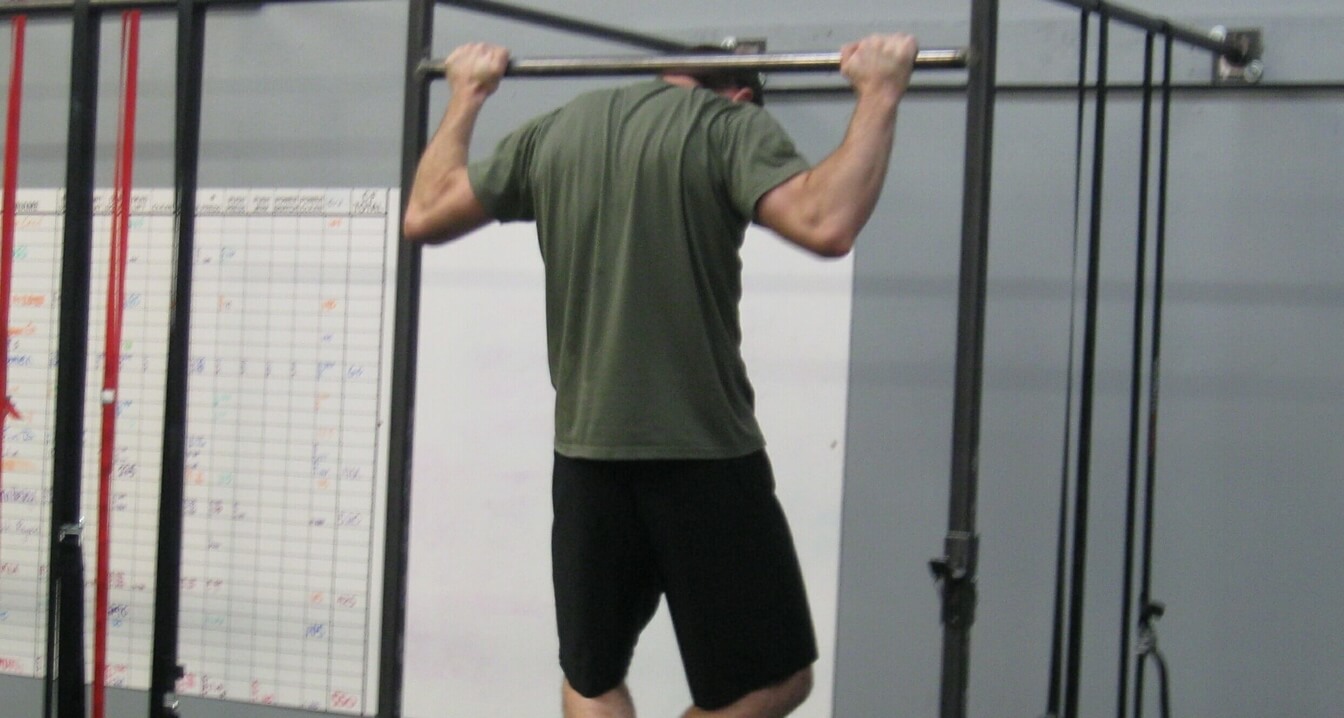
When you do a pull up behind the neck, you get a lot of benefits and it’s probably one of the harder back exercises. You do you work your lats, traps, and rear delts.
Grab the bar on the wide position. You make sure the bar is a little bit behind your neck. Then you start pulling with the bar behind your neck.
Pull Up Variations #34: Human Flag Pull Ups
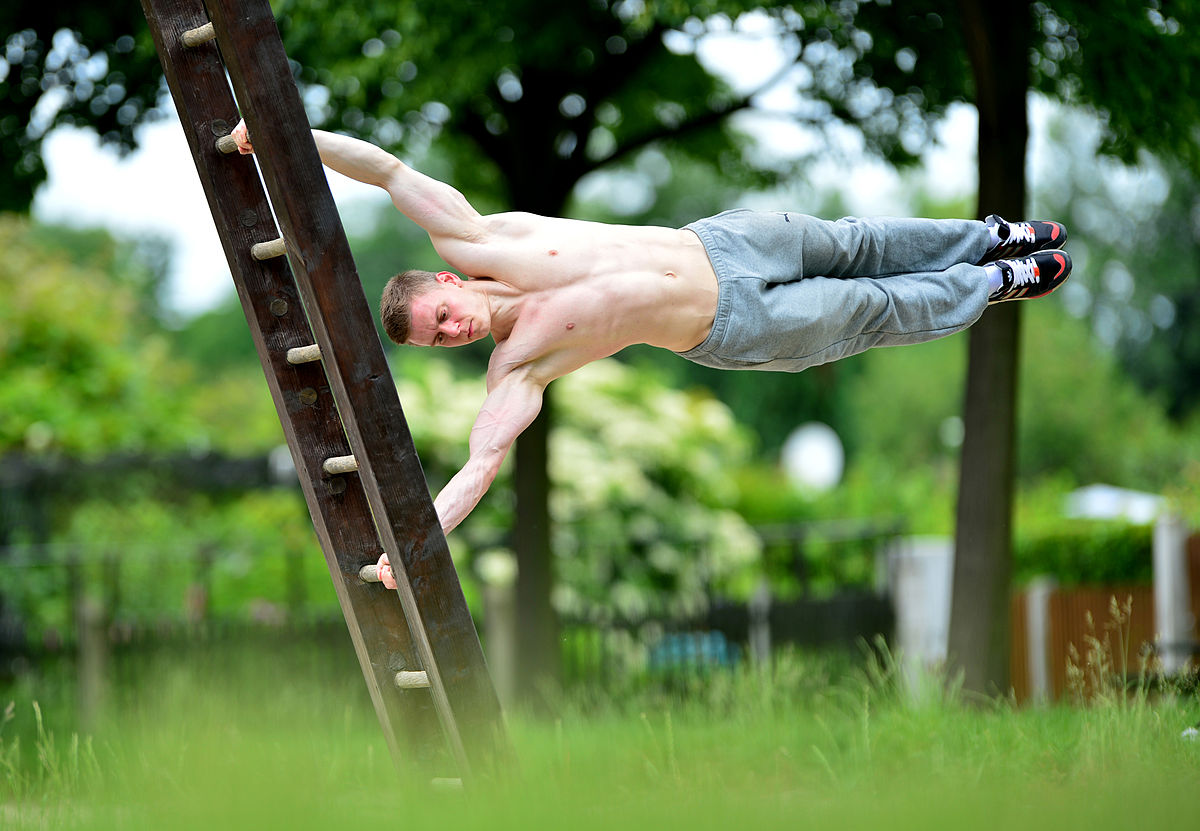
For doing this you have to learn human flag hold. When you are comfortable with the human flag hold then try this exercise. In this, you have to start with the human flag hold position and then pull your entire body like a regular pull up. It’s not easy, but if you practice you will master it.
Pull Up Variations #35: Hefesto
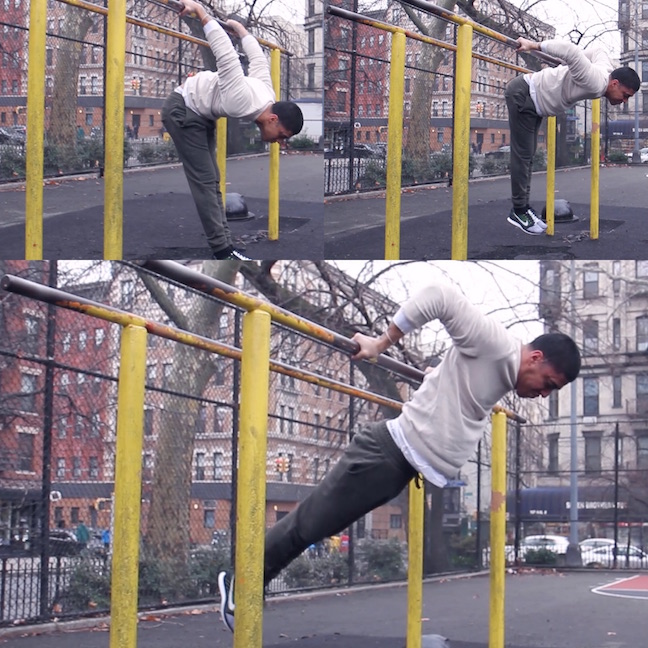
First of all, it’s a pretty hard move that can be quite extreme because of the position your body is in while doing it. Second, because some are even afraid of getting injured from training for it. The Hefesto especially targets your biceps, your forearms, the shoulders and you also need a really strong wrist for it.
Pull Up Variations #36: Rope Pull Ups
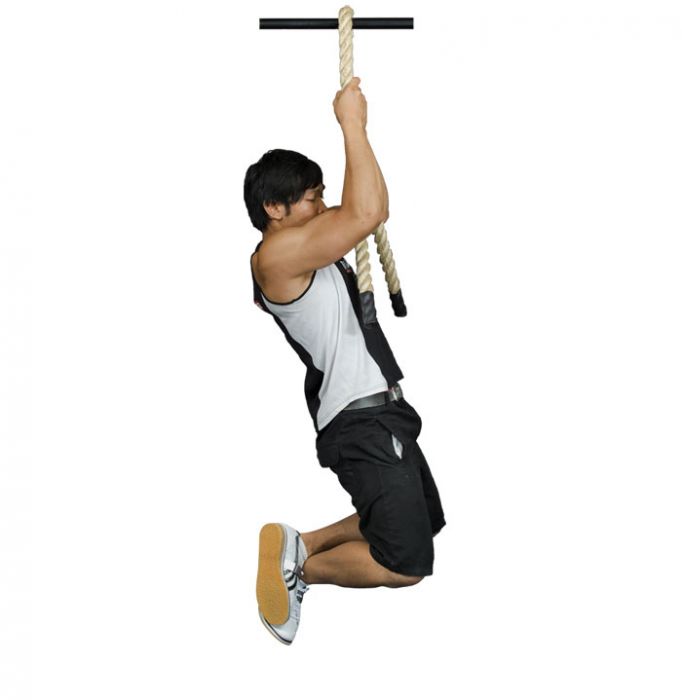
Attach a rope with a pullup bar. Grab the rope and pull your self up like a regular pull up. Your lats should be squeezed at the top. Then come down slowly and repeat the rep.
Pull Up Variations #37: Rope Climbing
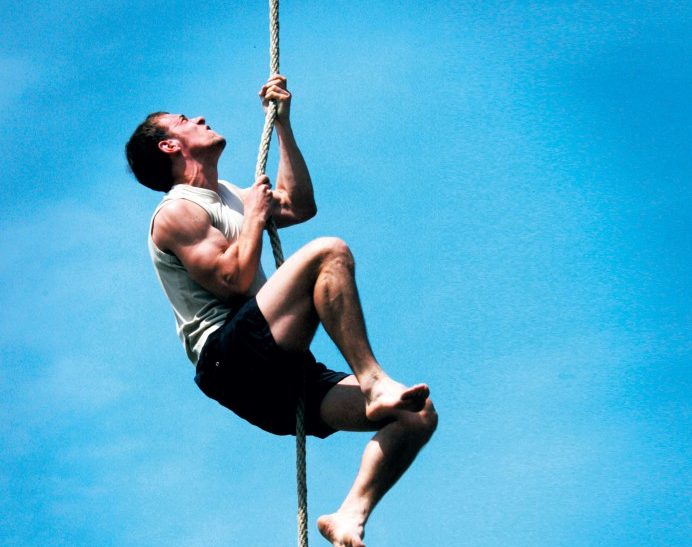
Grip rope overhead. Your knees should be close to the chest. Keep feet crossed. Pull yourself with arms while extending hips and legs. Then spread your feet to slide down.
Pull Up Variations #38: Inverted Rope Climbing
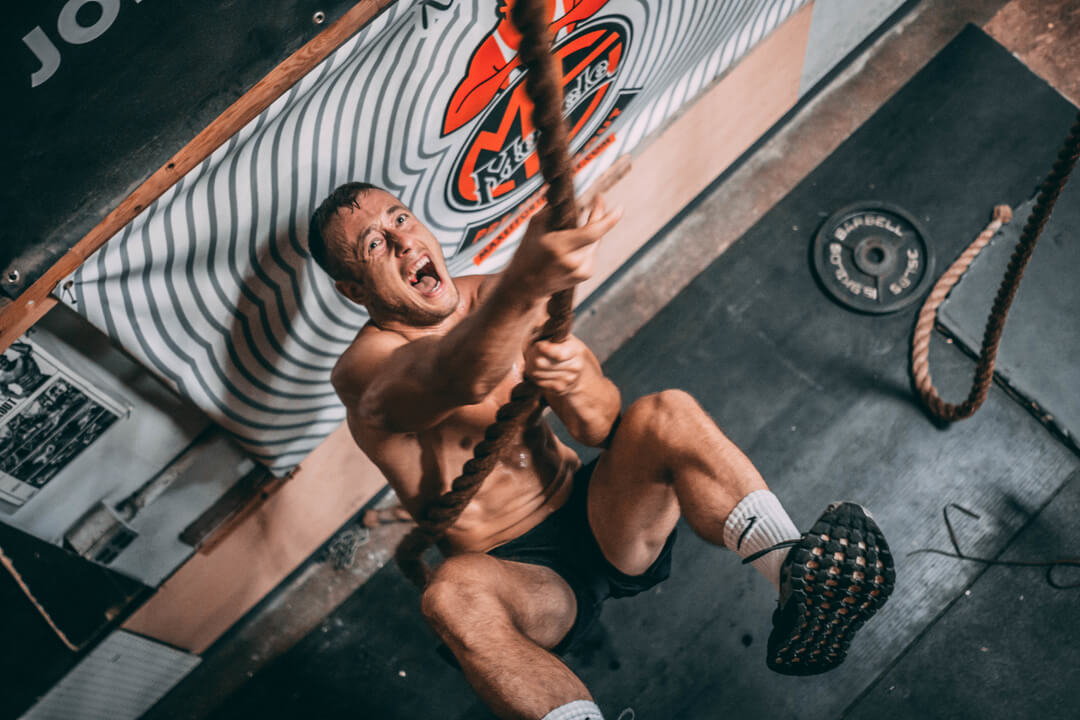
For doing this exercise, your forearms should be powerful. It is similar to rope climbing but the common difference is that your legs should be towards the sky and your upper body should be down. (As shown in the picture above)
Pull Up Variations #39: Fat Bar/Grip Pull Ups
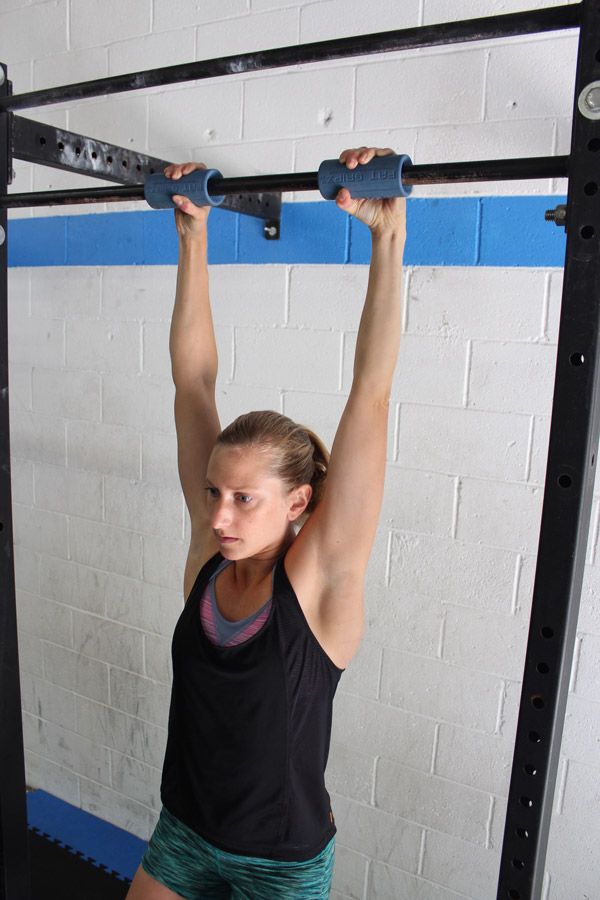
You should do this exercise because you need more control than the regular pullup bar. You are not able to wrap the thumb. This exercise will target your Finger Flexes and forearms muscles.
Pull Up Variations #40: Tennis-ball Pull ups

To do this exercise you need two tennis balls. This exercise is really going to pull in your lats and also gonna hit your forearms too. You have to do pull-ups while holding balls. You want to make sure your hands don’t touch the handles, only the balls on the handles. This exercise is not recommended for beginners.
Pull Up Variations #41: False Grip Pull Ups (Rings)
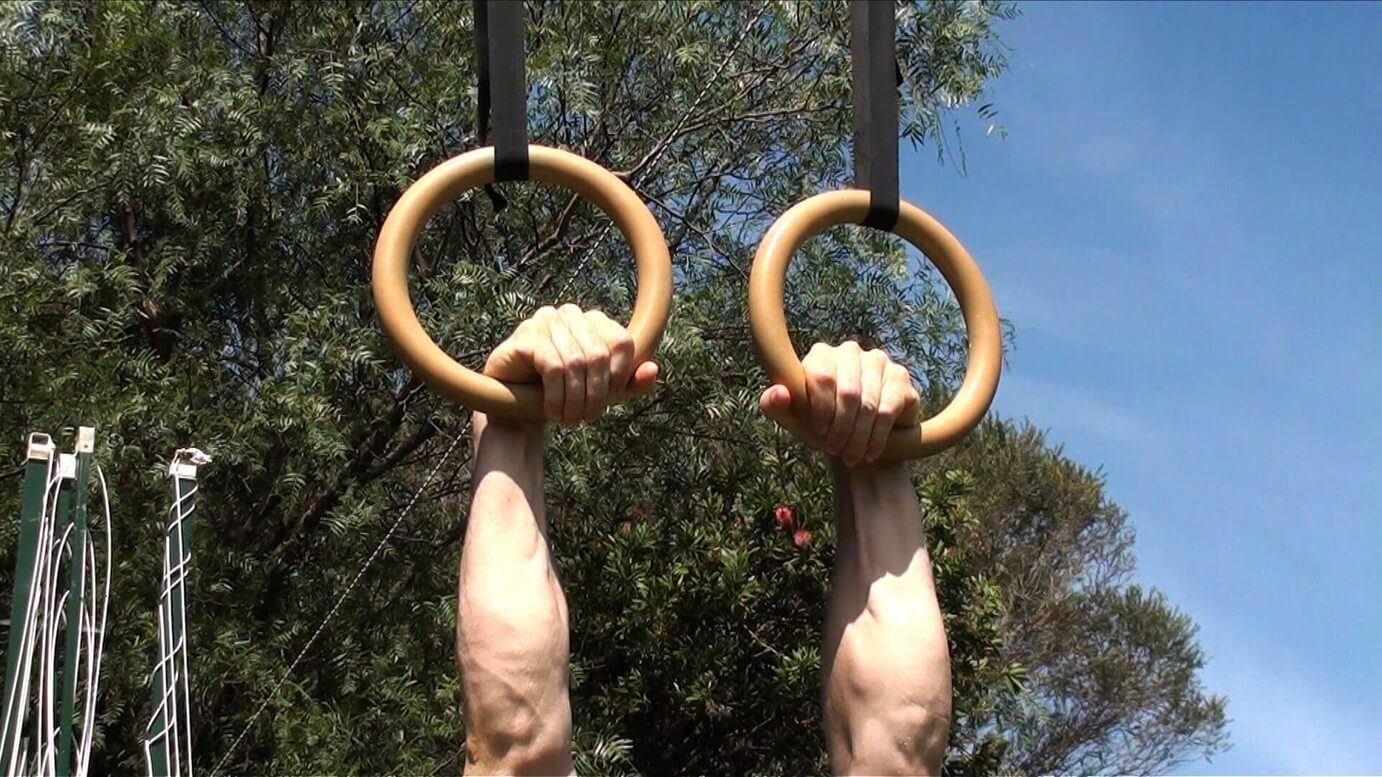
Dead hang to start. Your grip should be false. Initiate pull from lats, then through arms. Your body should be in a straight position. Pull your self as high as possible.
Pull Up Variations #42: One Arm Rope Climbing

Personally, I found this exercise very difficult. You have to climb the rope with one arm. You need insane strength and forearms. A lot of practice needed to perform this exercise successfully.
Pull Up Variations #43: Fingertip Pull Ups
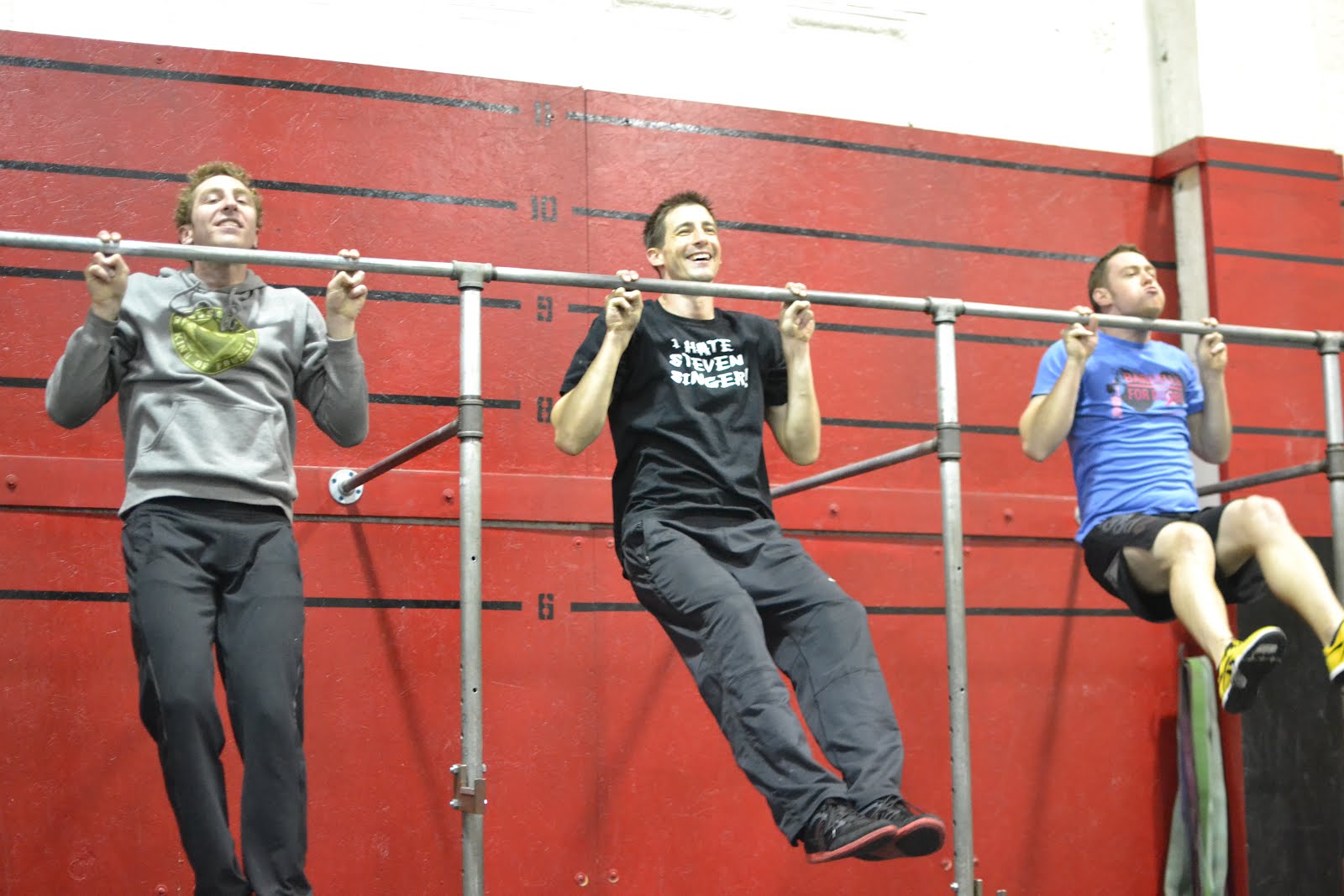
This exercise will take all your strength away but it will make your forearms stronger. This exercise is also similar to regular pull-ups. You just have to grab the bar with only fingers and start pulling yourself like regular pull-ups.
Pull Up Variations #44: One Arm Finger Pull Up
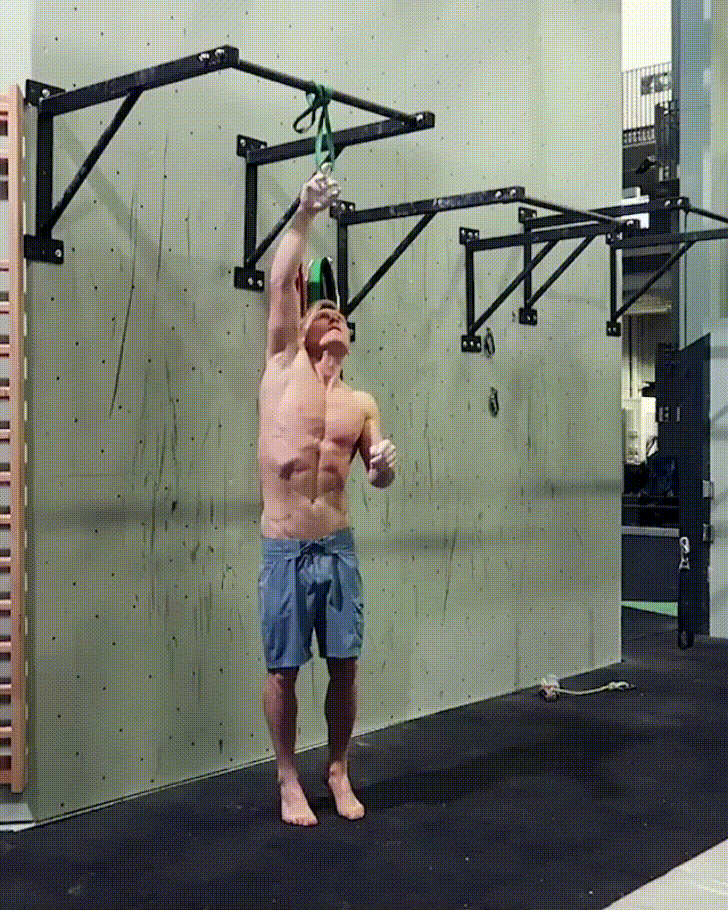
This exercise is just a progression to the fingertip pull-ups which I have told just above this. If you are comfortable to do fingertip pull-ups then only you should do this. Extend the one arm and grab the bar with fingers only and start pulling yourself.
Pull Up Variations #45: Australian pull up
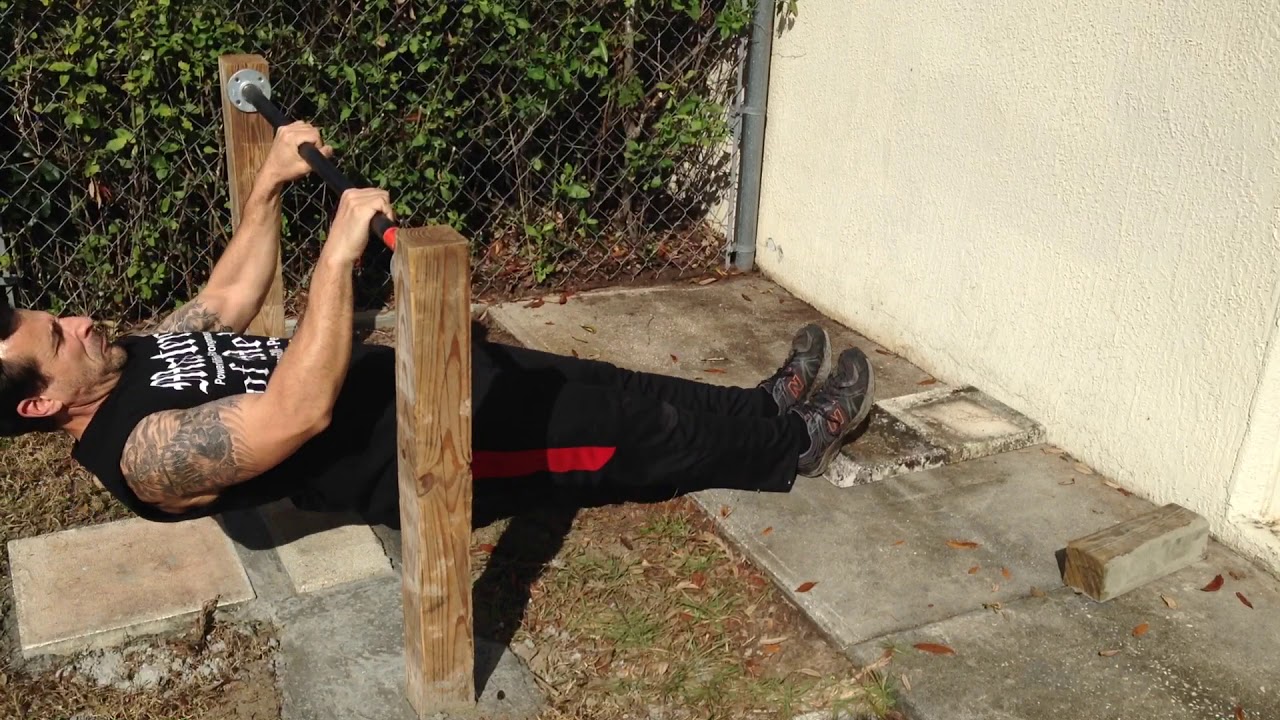
In bodyweight training, we have two kinds of pull patterns: Vertical pulls and horizontal pulls. Both patterns work your pull muscles but the emphasis on those muscles changes, depending upon your body and hand position. The Australian pull up is perfect for building explosive strength and power which should be a training goal in all of your movement patterns.
For this exercise, you’ll need a low bar. To get in position, lay down on your back underneath the bar. Grab the bar and pull your shoulder blades back and together while bridging the hips. Your hand position should be a shoulder-width grip. Bring your head back and keep your focus straight up towards the ceiling. The spine should be in the neutral position with a straight line from the knees to the shoulders and the heels directly underneath the knees.
Start by forcefully pulling yourself up towards the bar. As your chest approaches the bar release your grip for just a moment. As you begin to drop back towards the ground grab the bar and decelerate your descent. When your elbows extend begin to pull into the next rep. This is the elastic energy that causes the stretch reflex or plyometric contraction. It’s important to pull is quickly and forcefully as possible and not to pause at the bottom.
Pull Up Variations #46: Clap Pull Ups
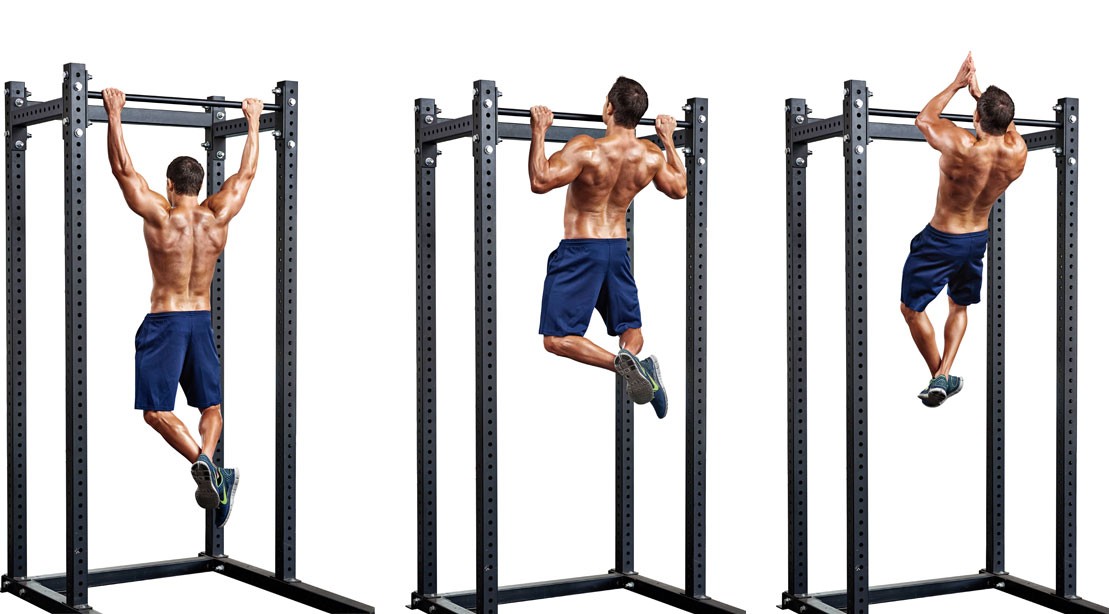
All the way up, clap your hands, catch the bar again, and come back down. The key is that you have to do fast. You can’t do it in regular speed.
Pull Up Variations #47: Switch Grip Pull Ups
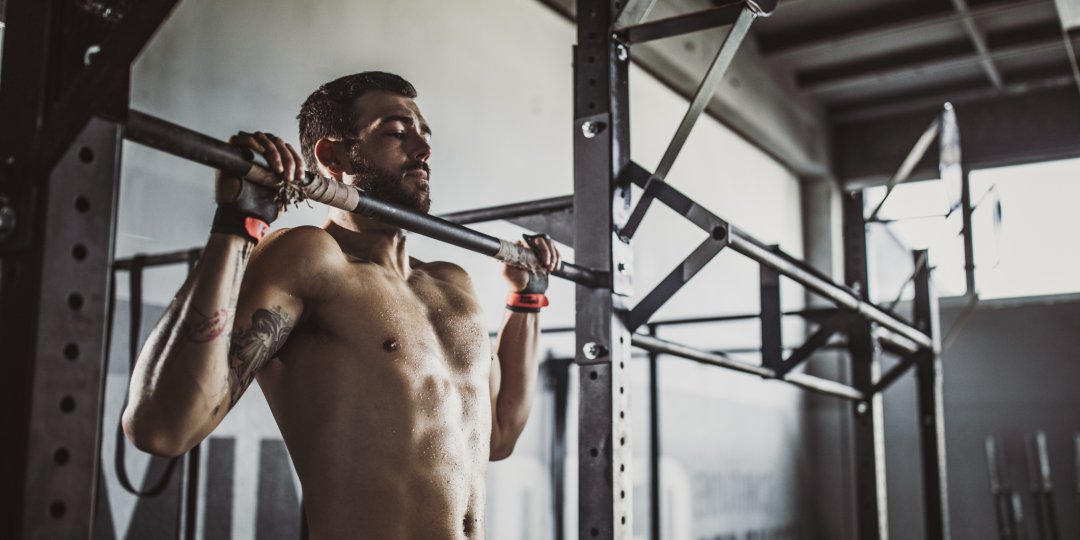
Switch grip pull-ups are advanced pull-up variation that requires good strength and coordination. Grab the bar with a narrow underhand grip and do 10 chin-ups. Then change the grip and do 10 pull-ups. That’s the 1 set. As you progress in this increase your reps and sets.
Pull Up Variations #48: Back Clap Pull Ups
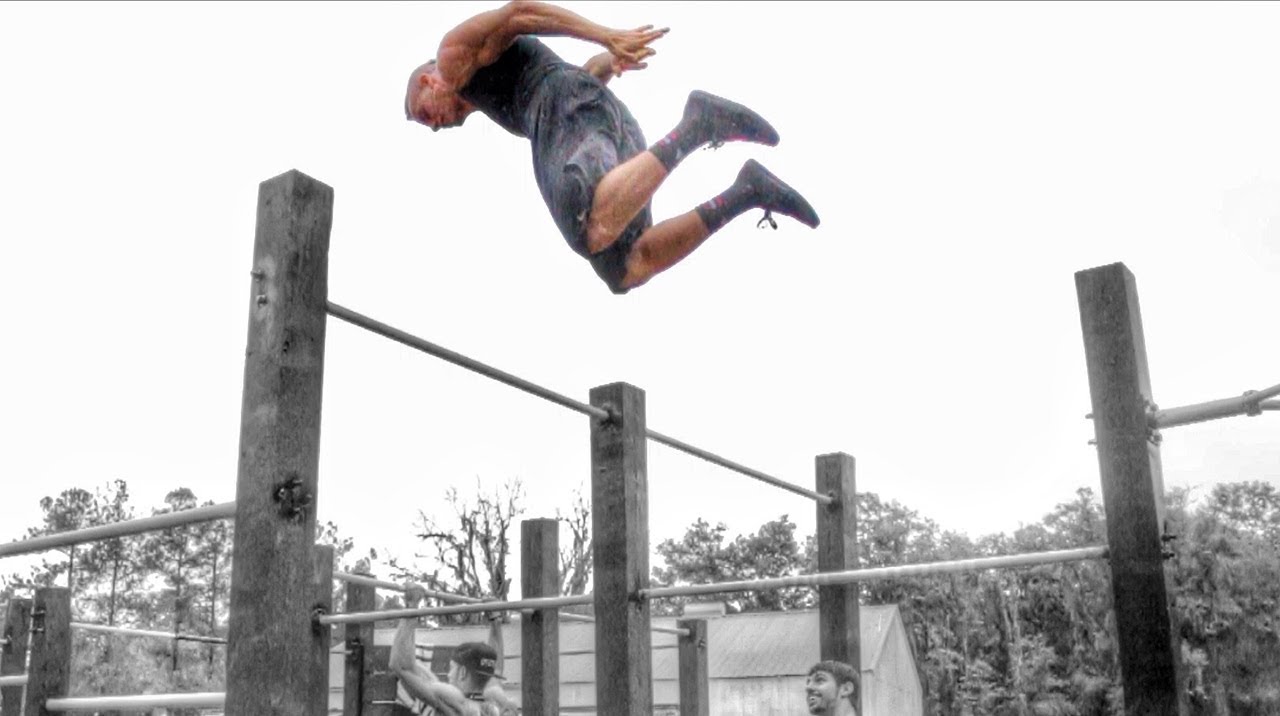
Back clap pull-ups is the explosive pulling exercise on the pull-up bar. So it’s pretty much a regular pull up. You have to work on your flexibility. Your hands should be able to meet behind your back. Your reflexes should be fast.
Pull Up Variations #49: 360 Swing
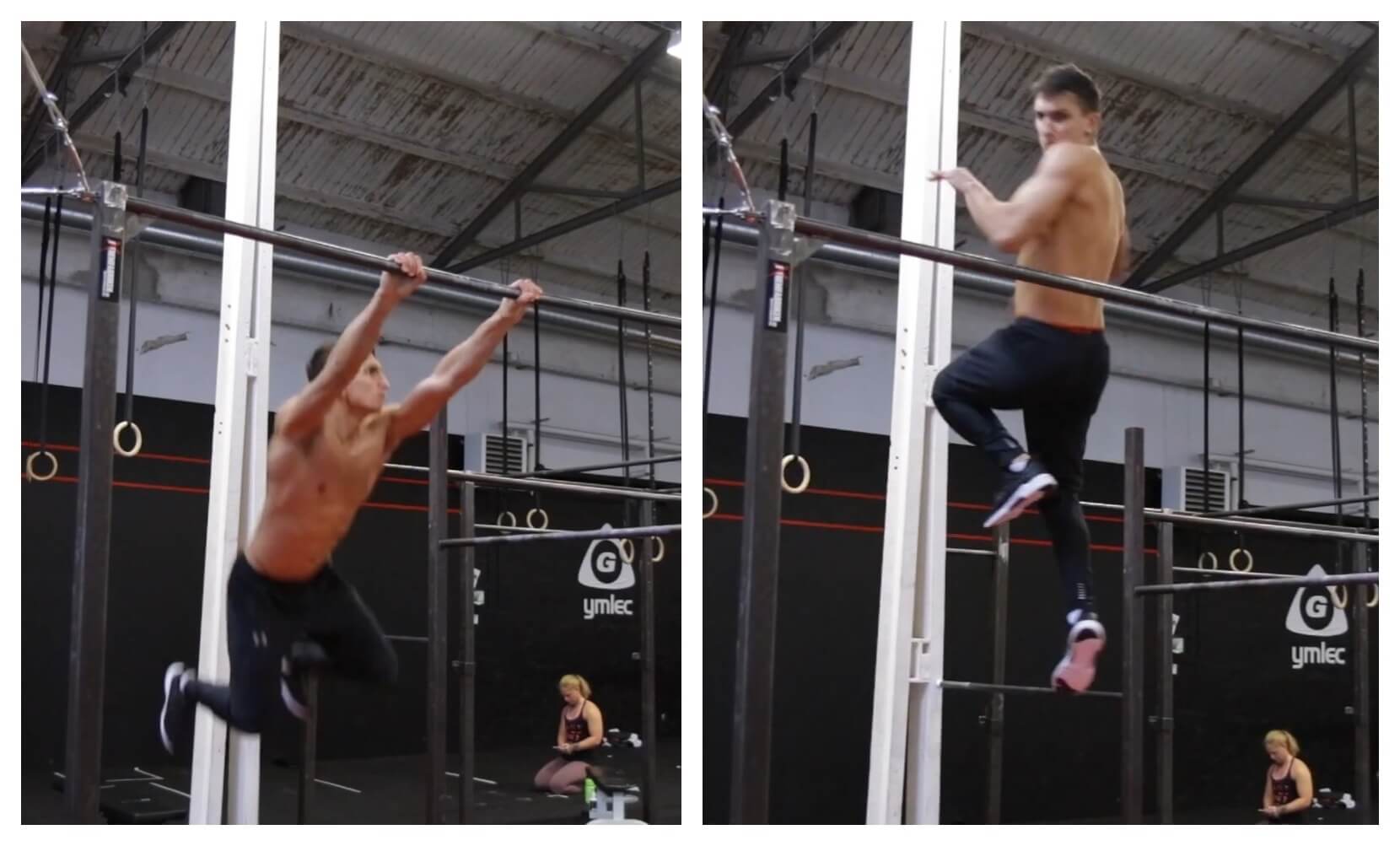
The first thing you should be able to do if you want to learn the 360 fast is being able to create a swing on the bar.
The next step is to pull yourself up at the backswing. This is to create height so you will have the time to do a 360 later.
For the next step, you are going to do the same thing but instead of just letting go of the bar and landing on your feet you touch your knees and then grab the bar again. This is a step to prepare your body for the part of doing the 360 and grabbing the bar.
Now you will pull yourself up as before but when you’re on your way up you turn your head to the side that you’re going to spin but also your hips and knees. Only start doing in 180 spin and land with control on the ground.
After that, you move on to spin even more but here you’ll bring in your arms closer to your body when spinning. This will help you spin faster.
Pull Up Variations #50: Toe Touch Pull Ups
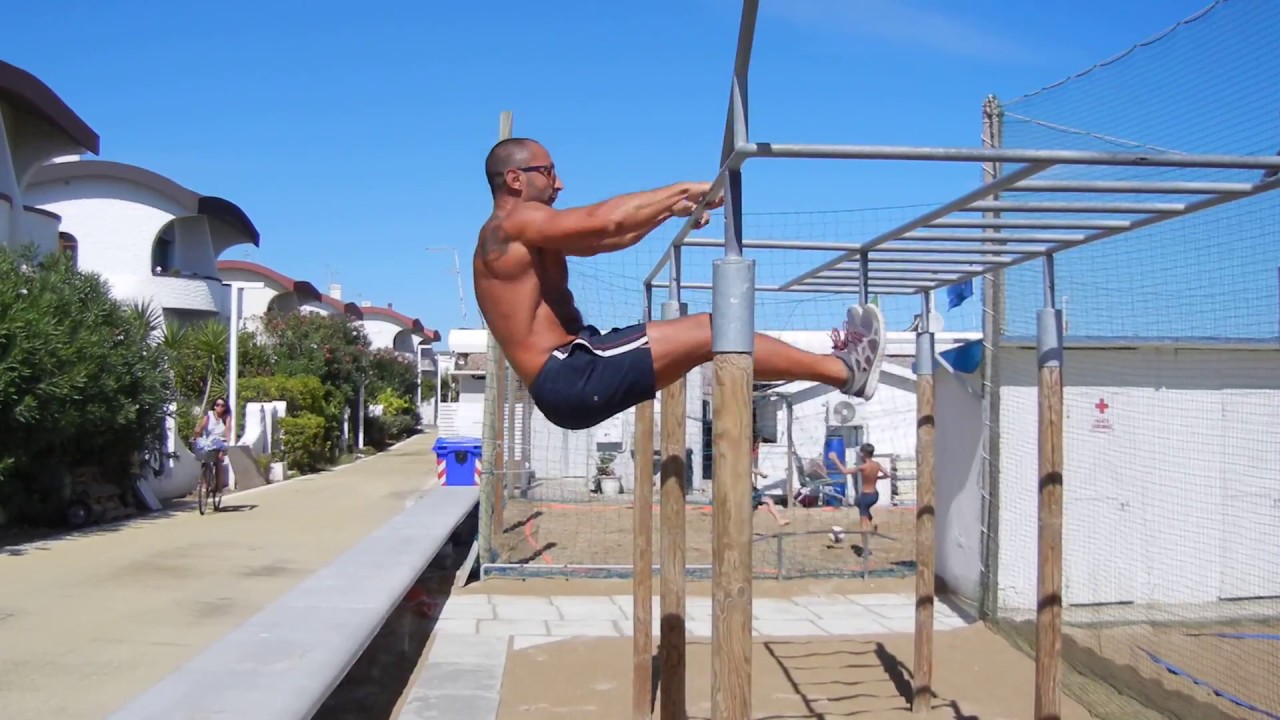
Push your chest in front of the bar so that your pull-up accelerates at about a 10-degree angle. Giving my torso clearance from the bar. Also notice that at the peak of your release, your back is more or less straight and makes your legs come to your hands. Your leg should lift while your arms are pulling down. The kinetic energy from your legs lifting will assist your pulling upwards.
